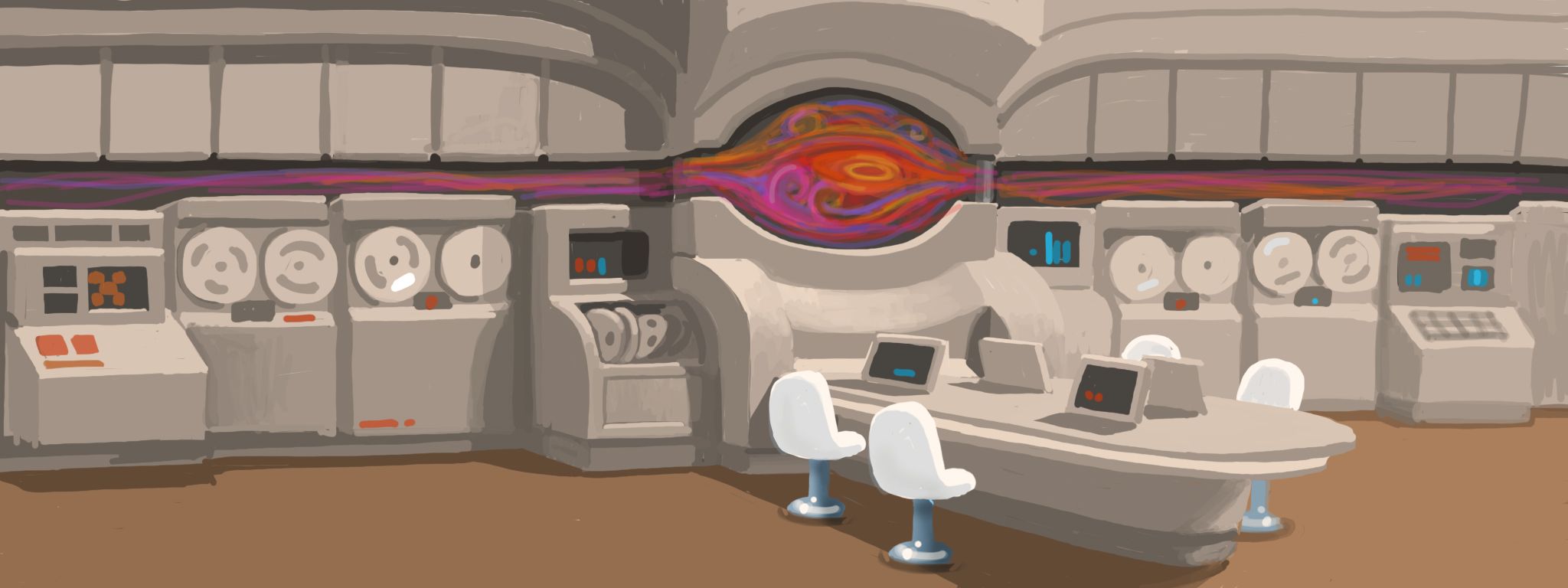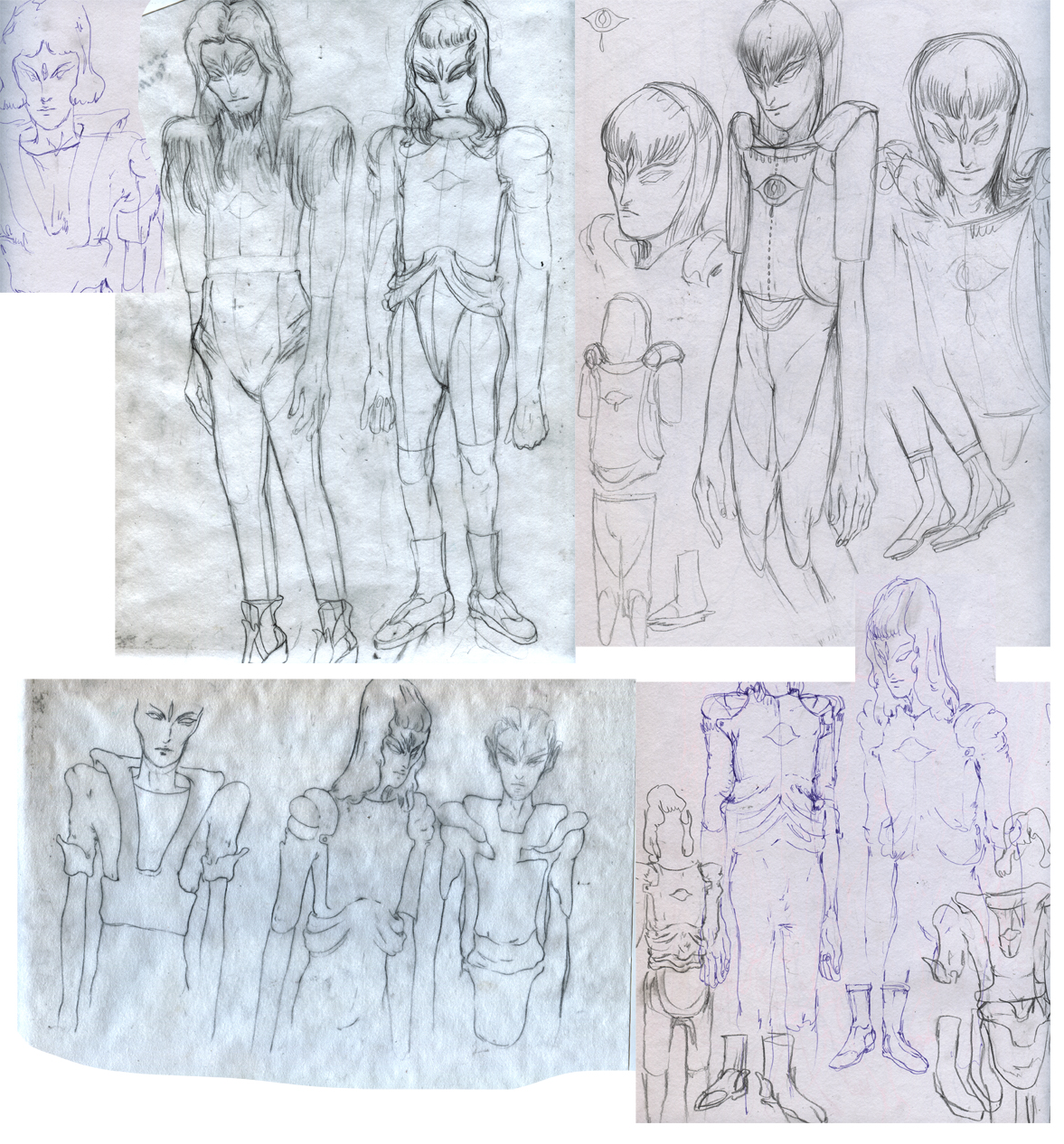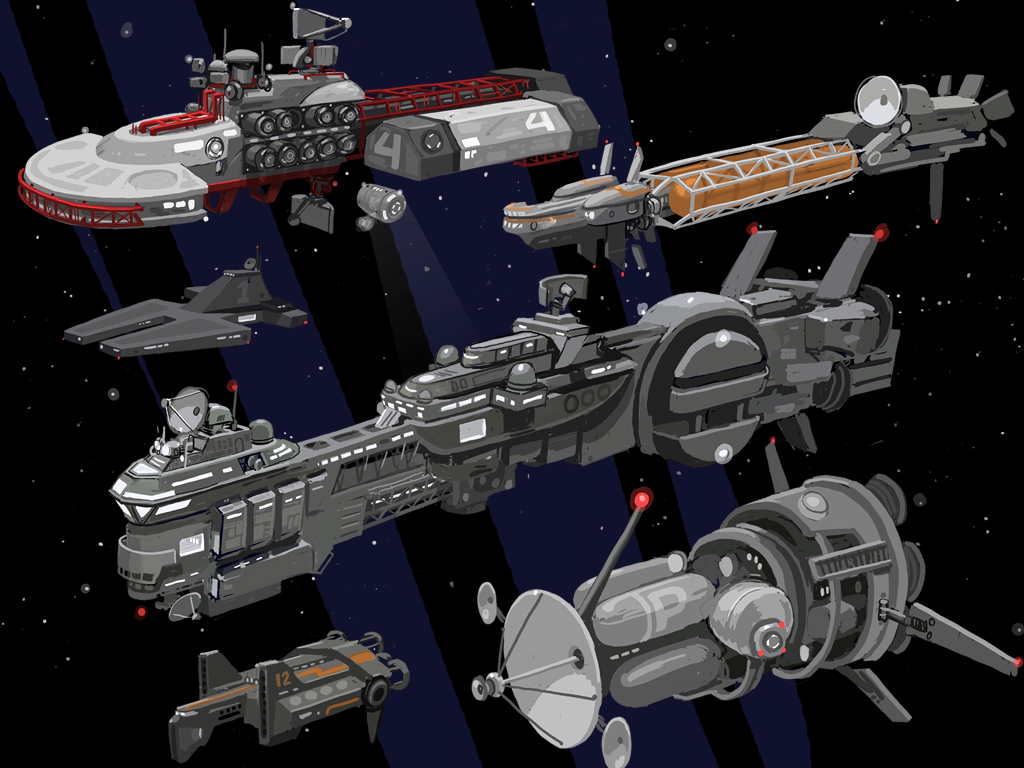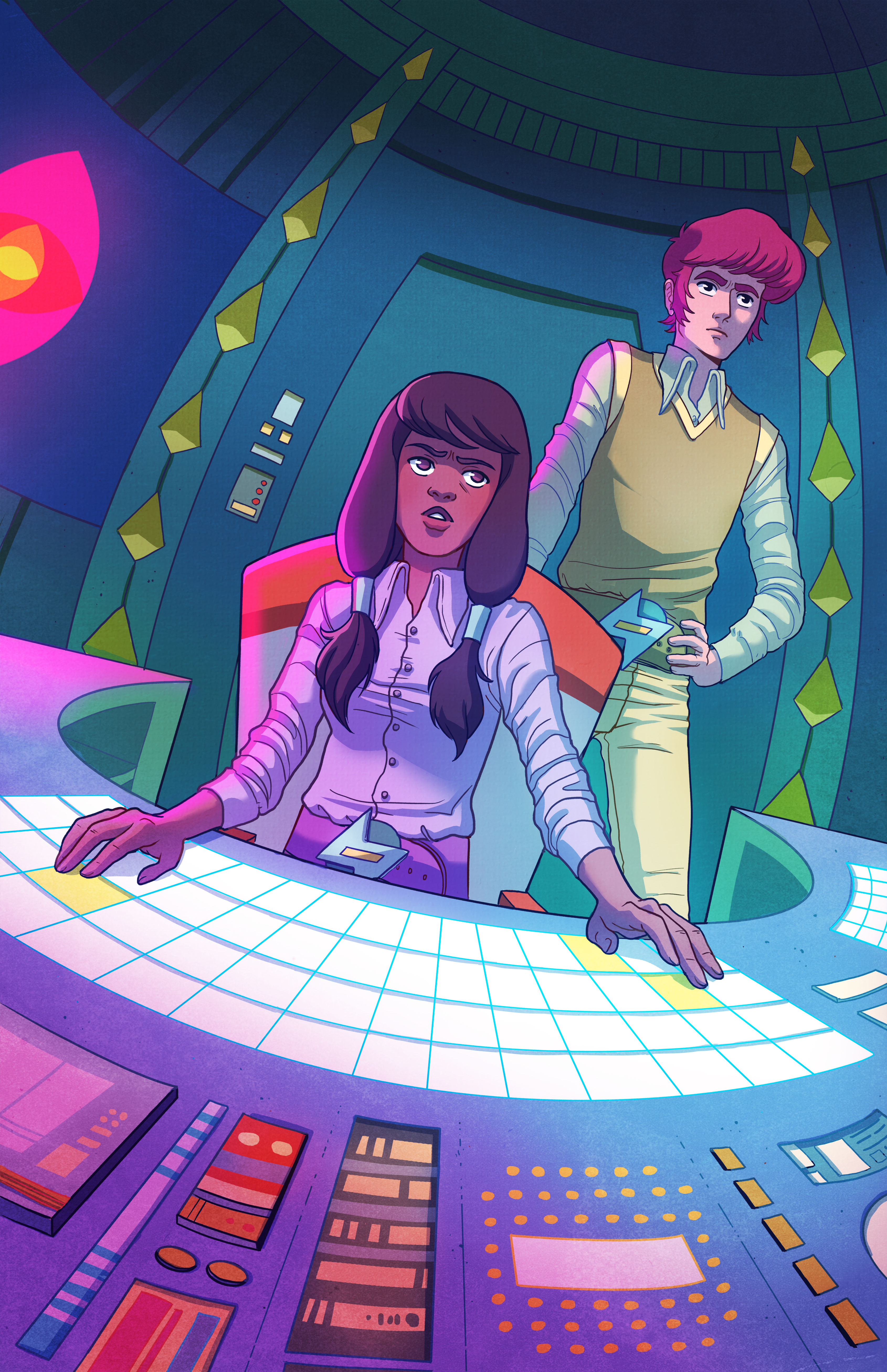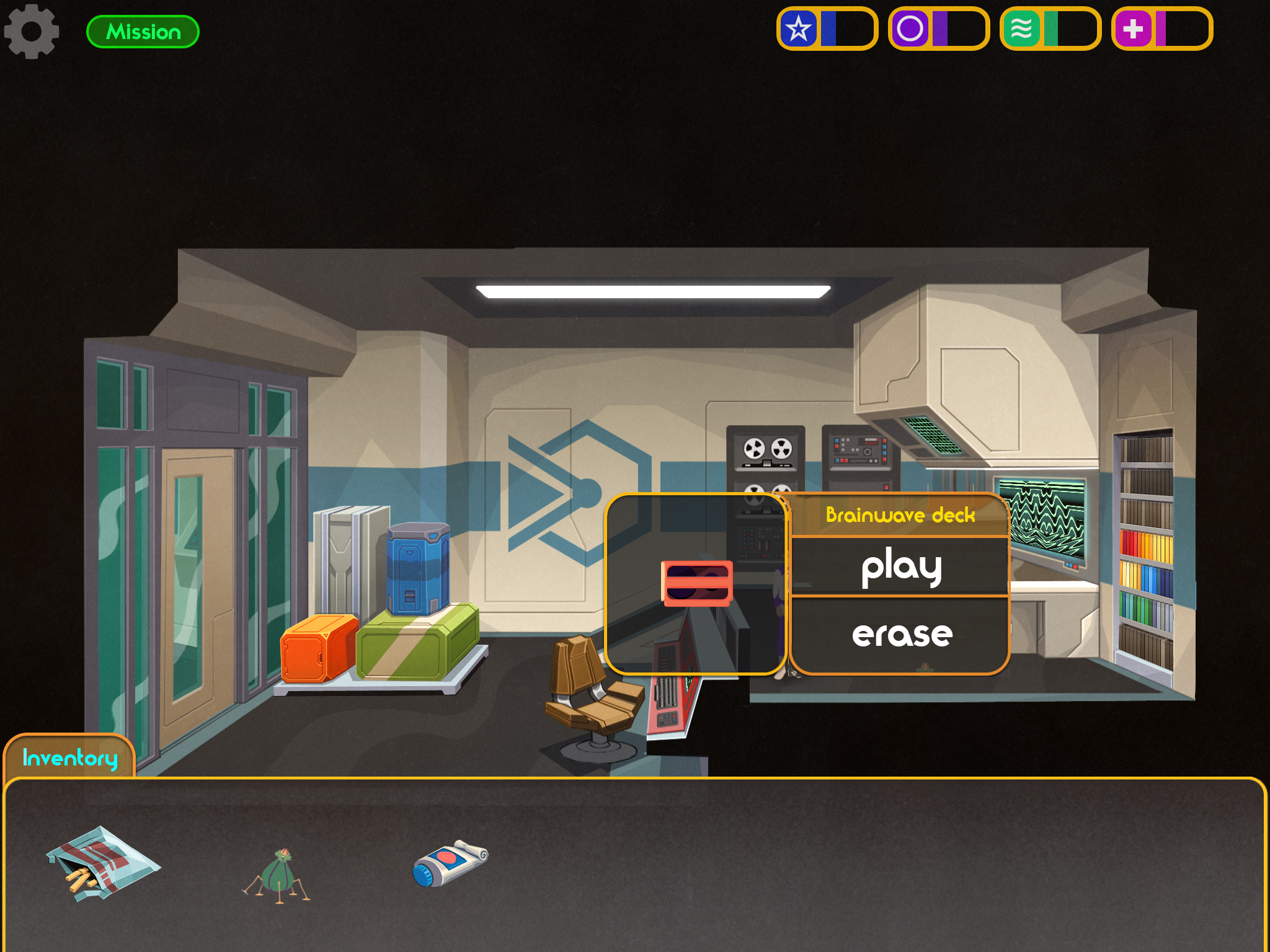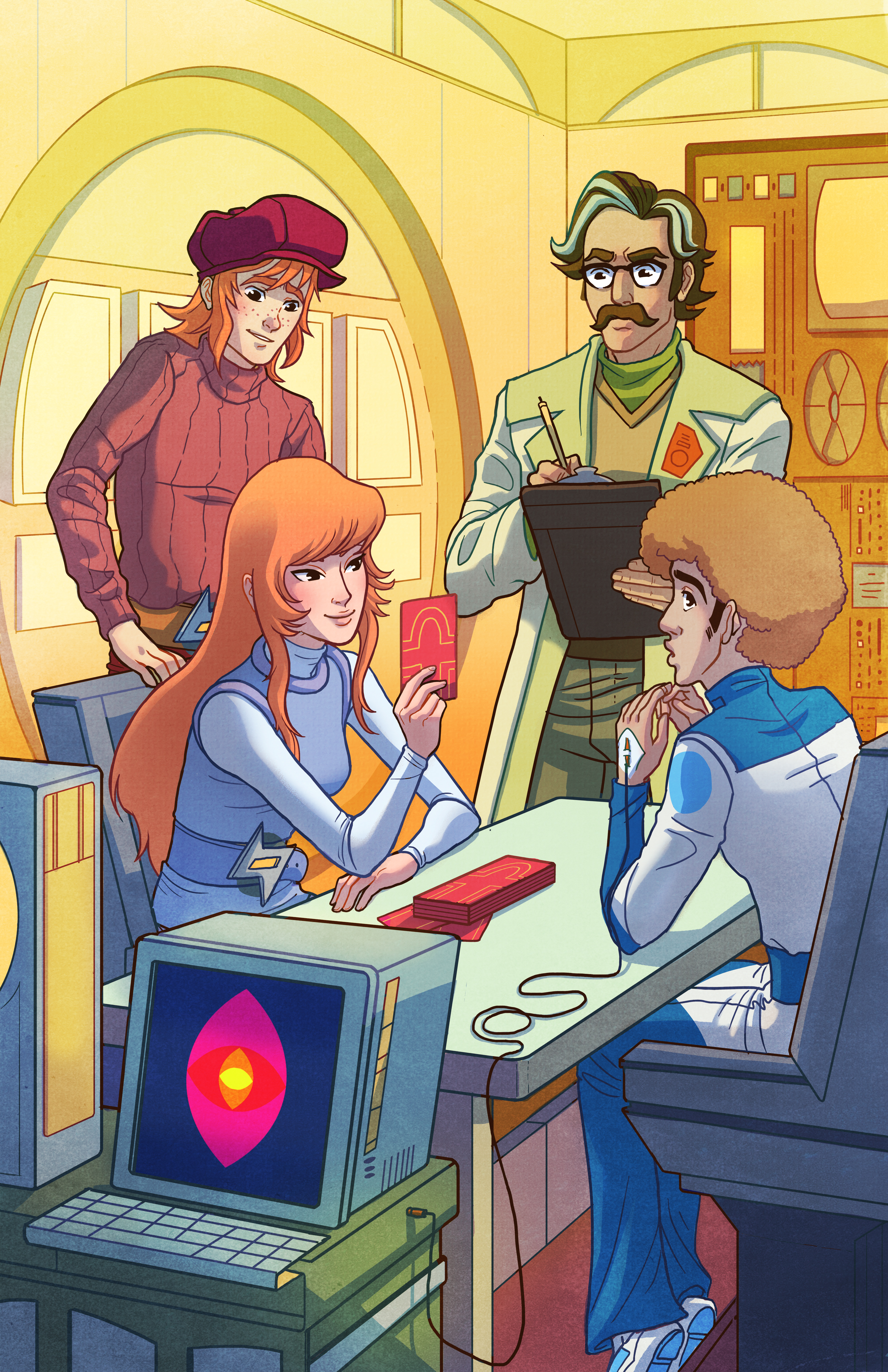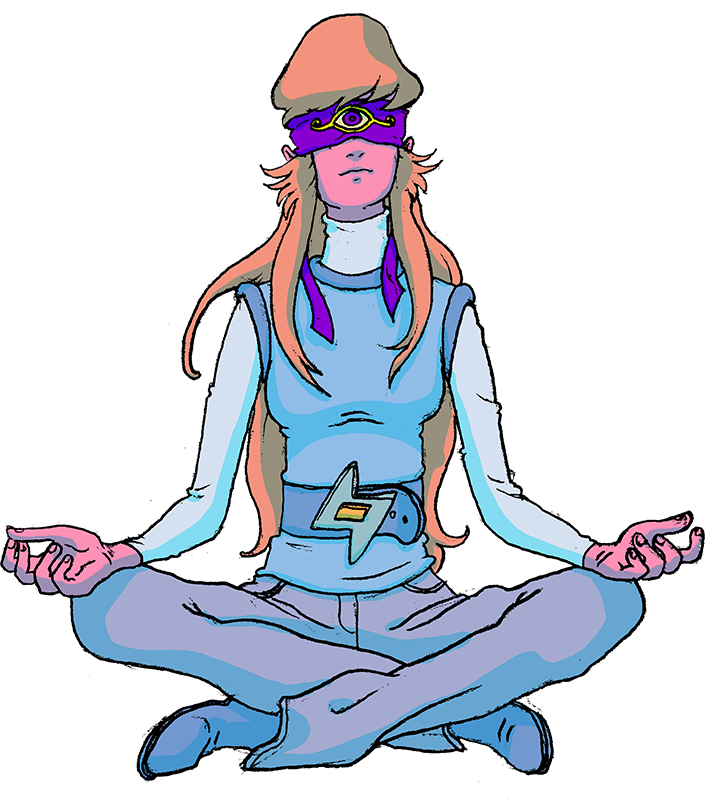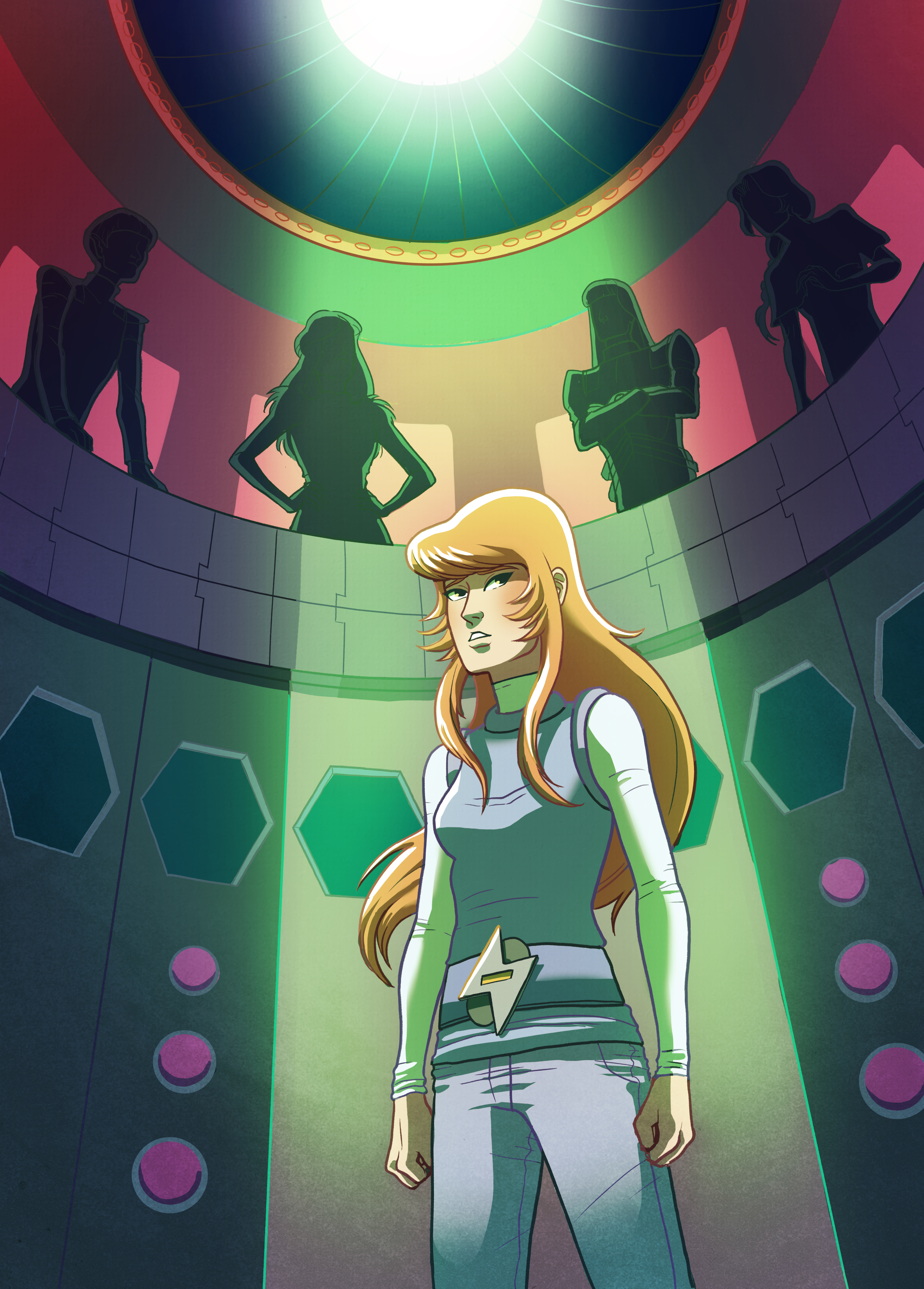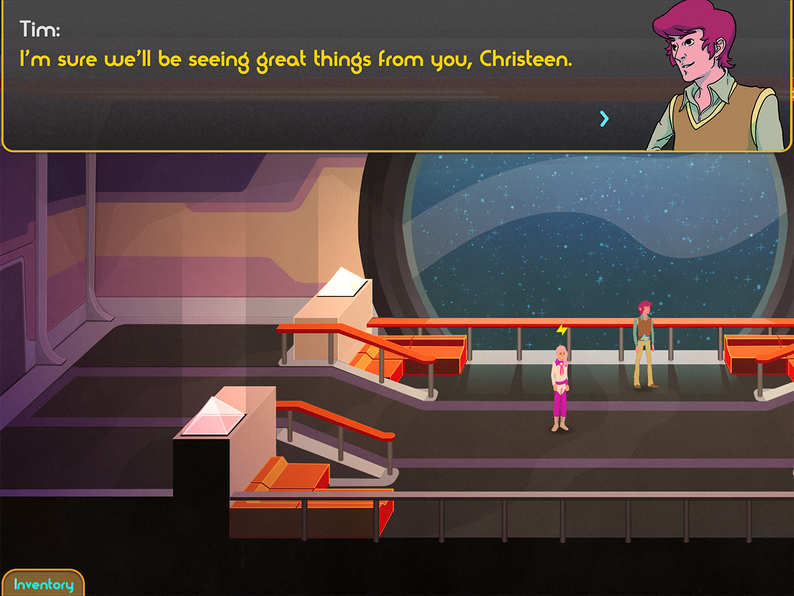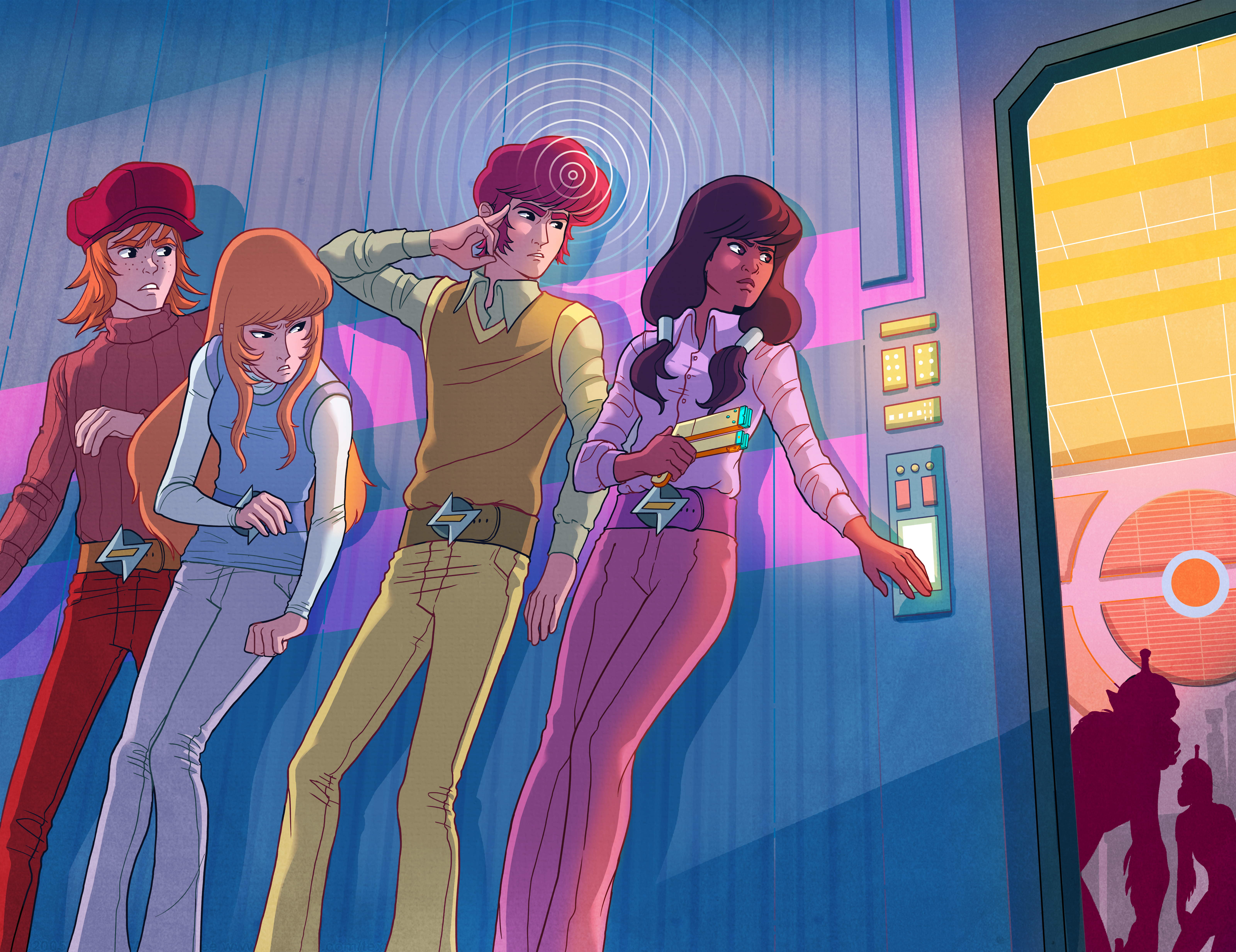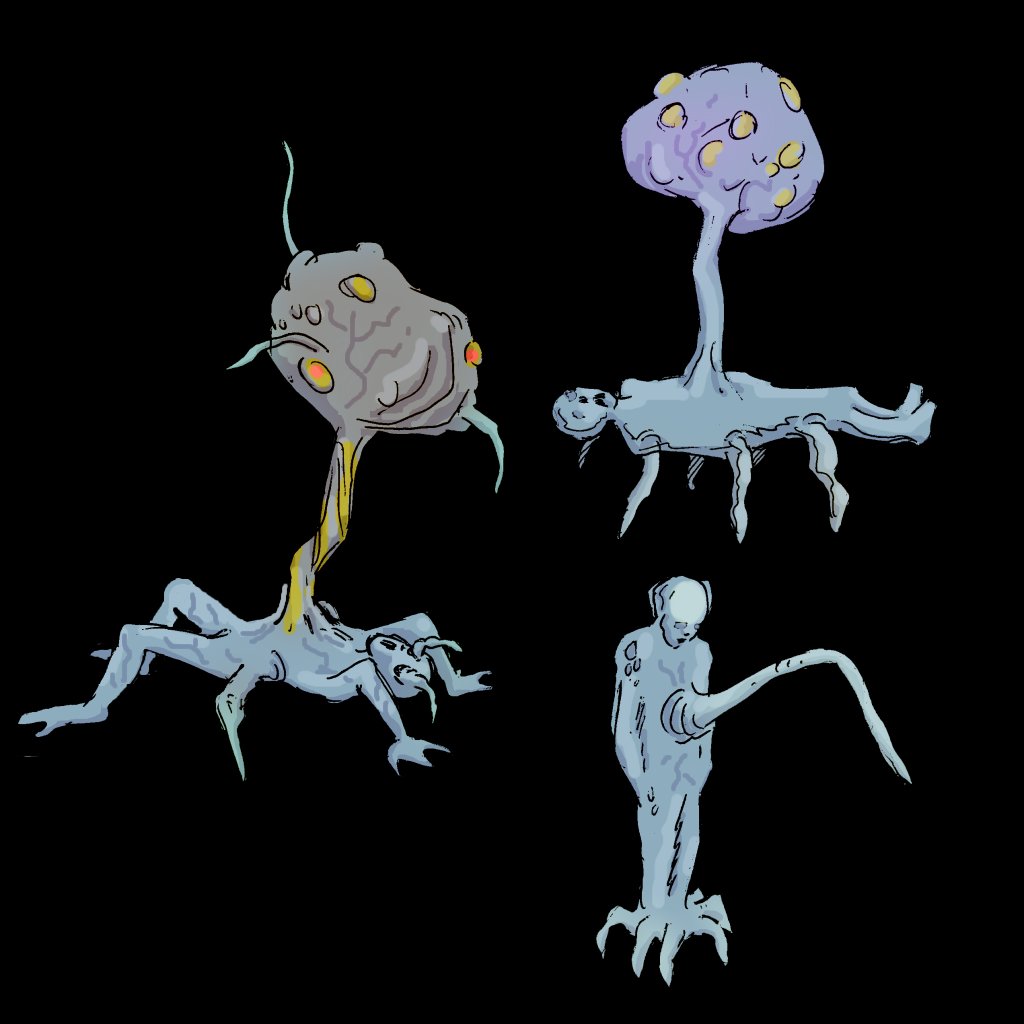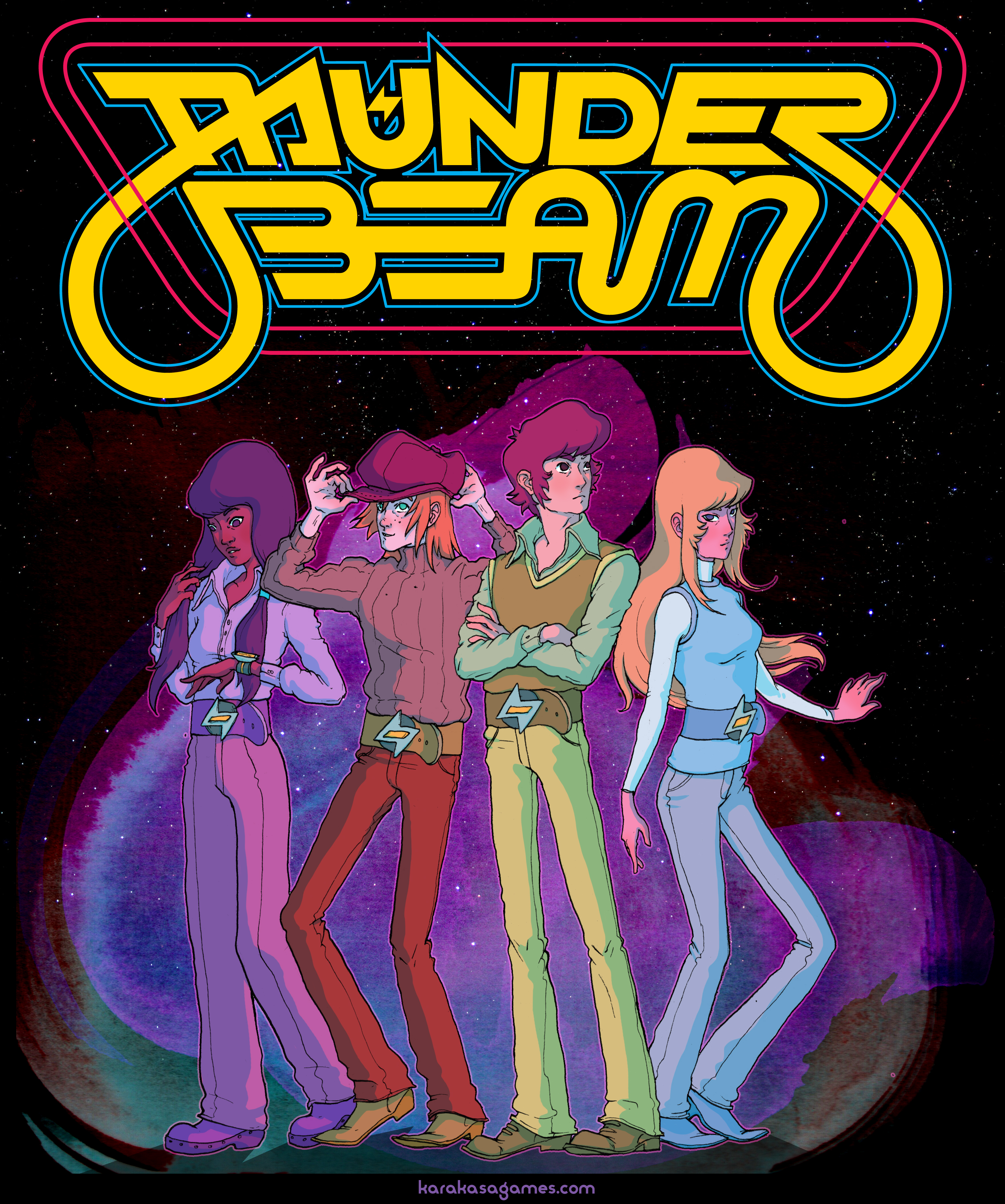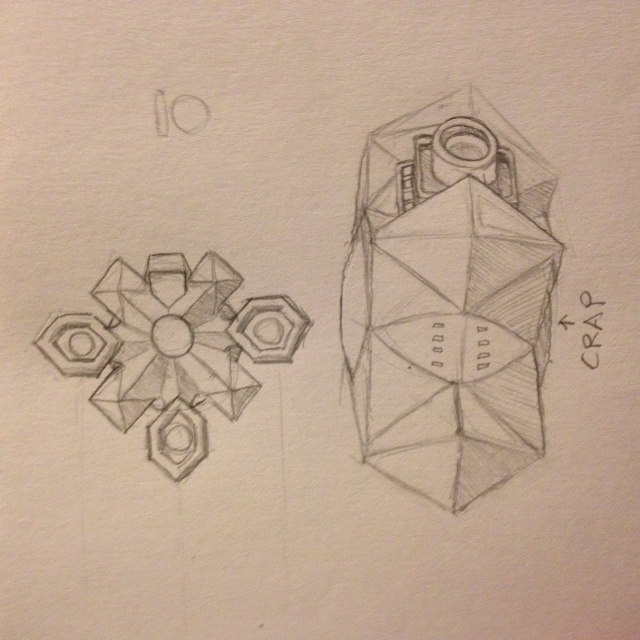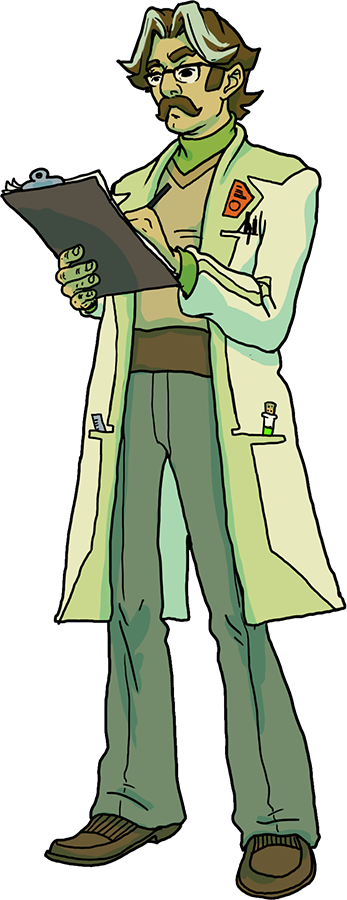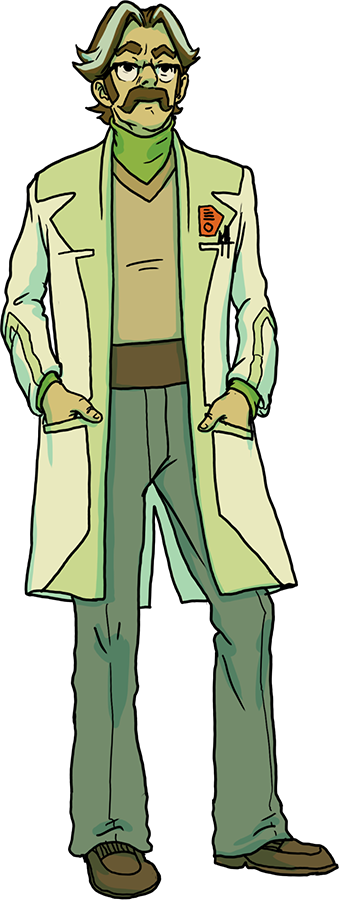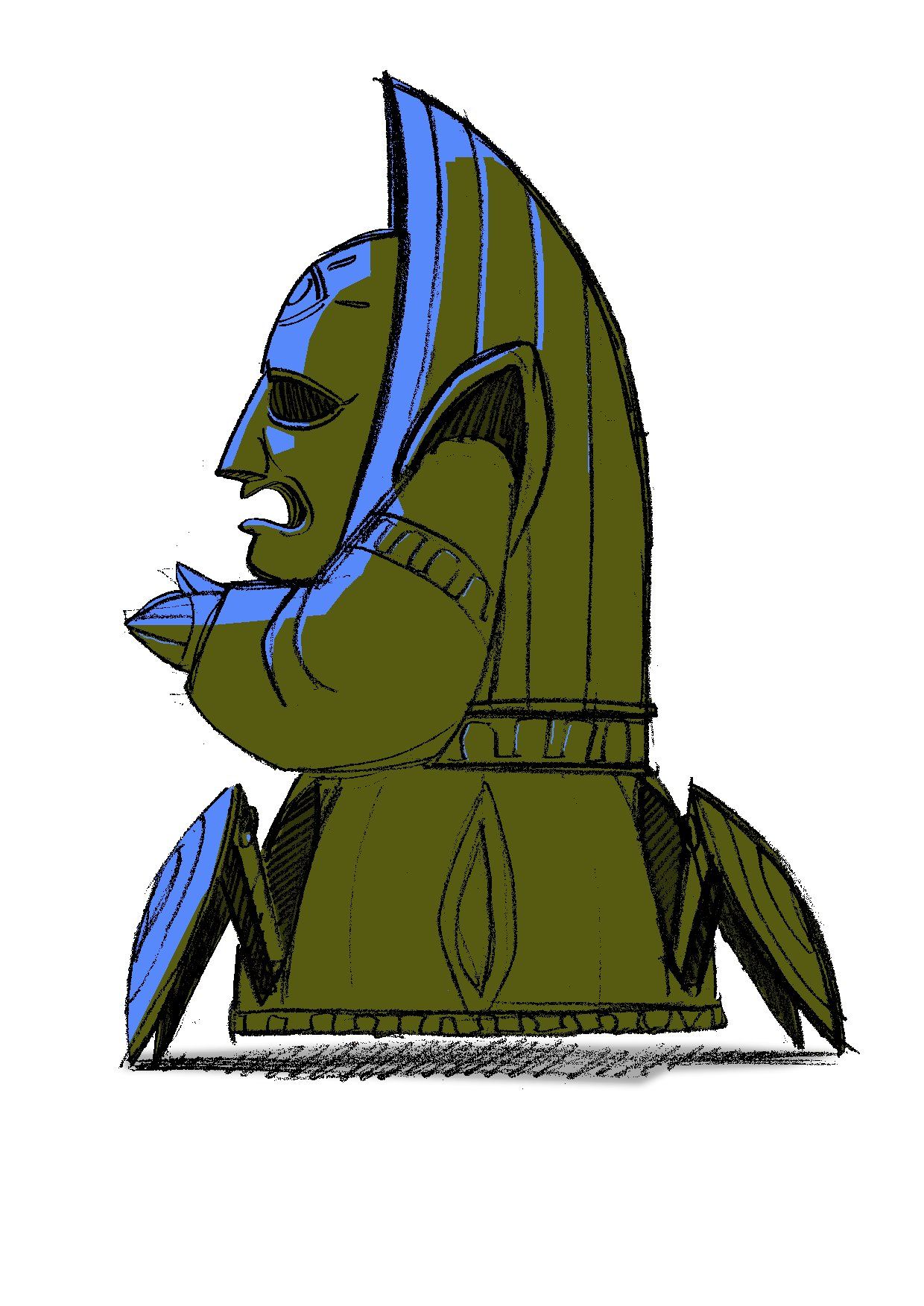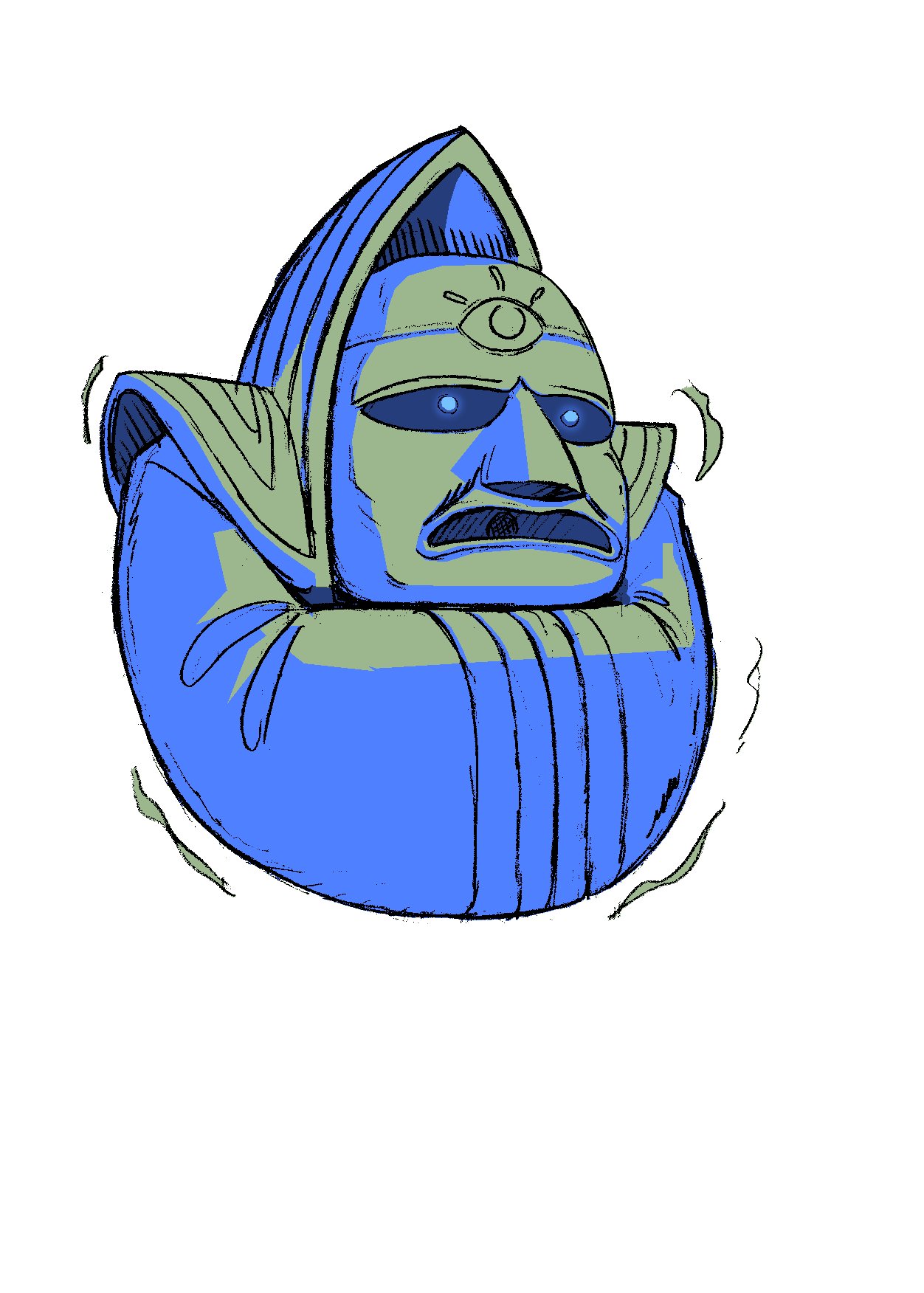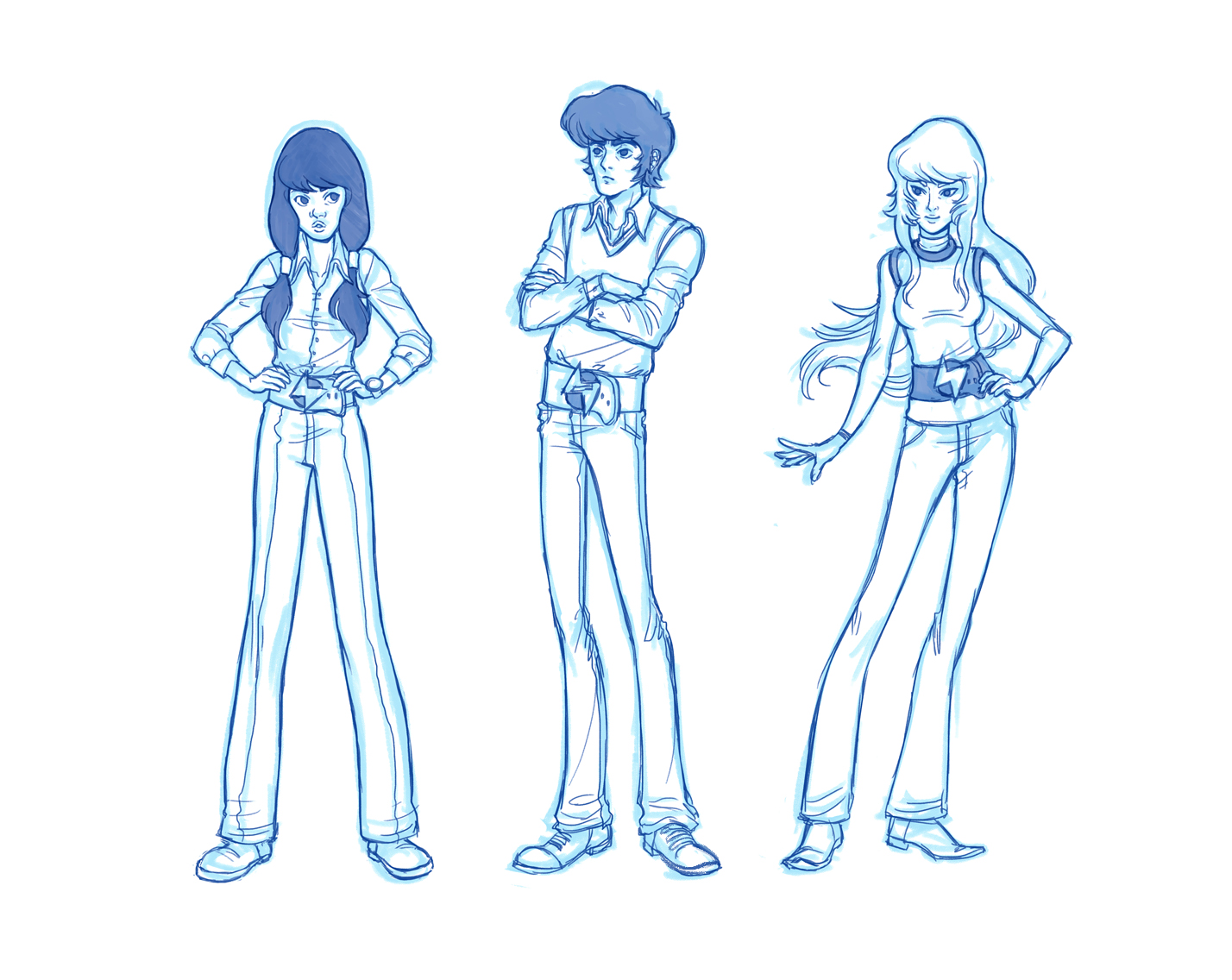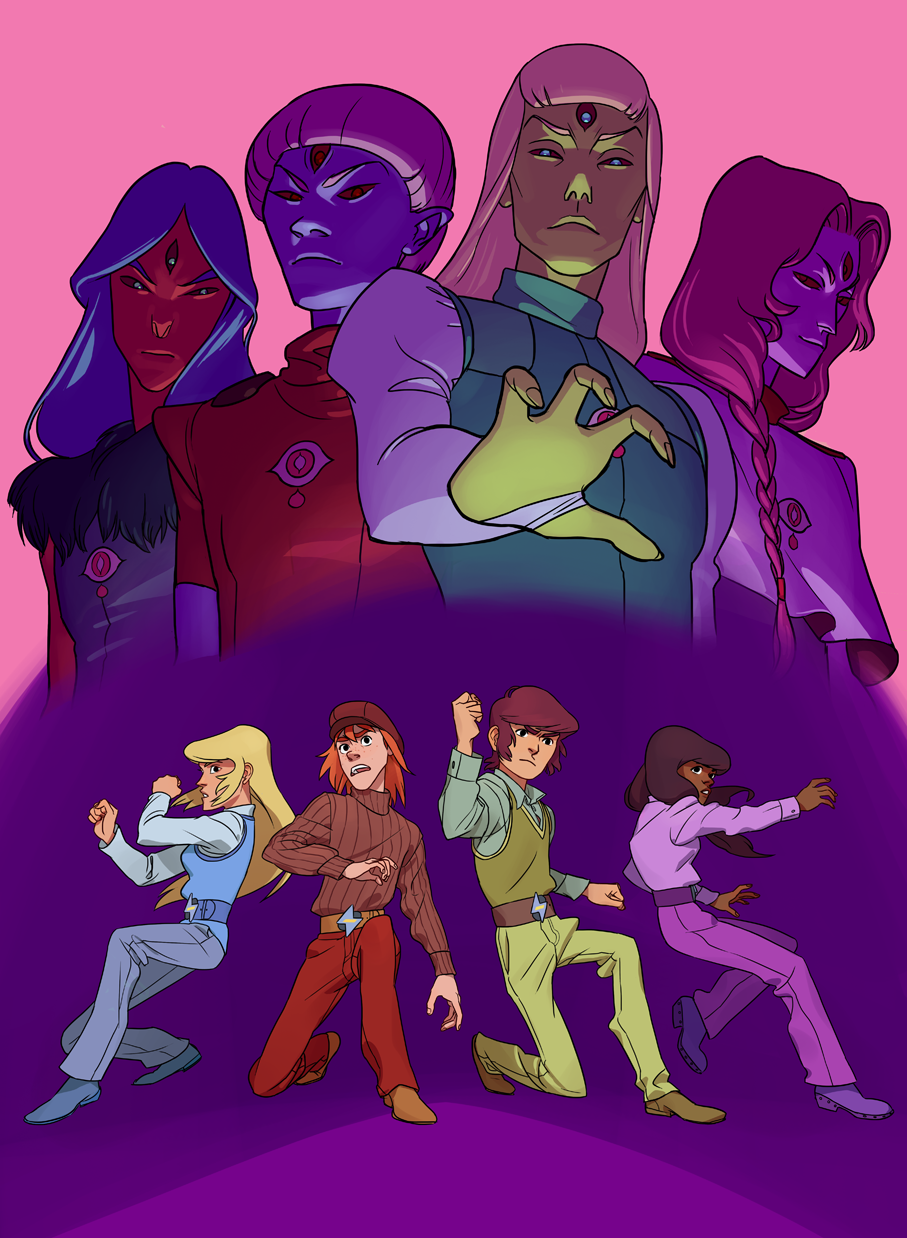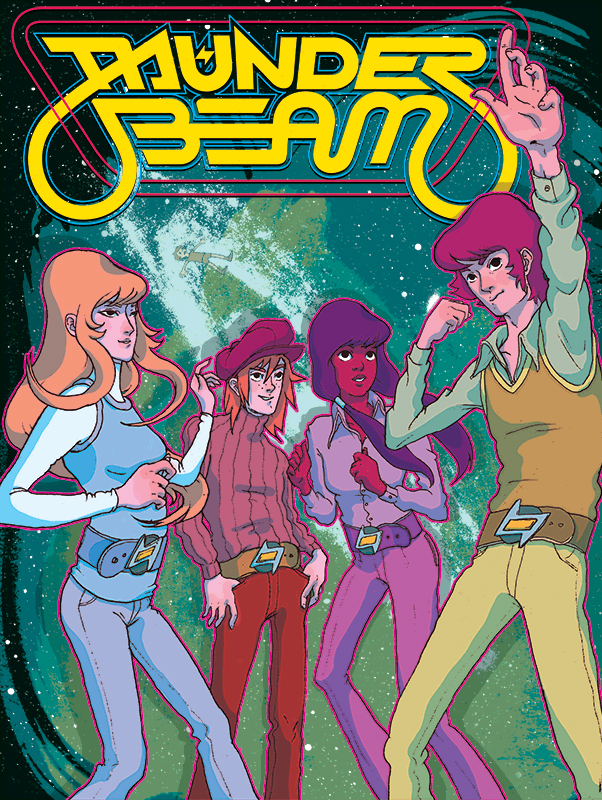Thunderbeam
September 01, 2011Thunderbeam was my first game collaboration, working with my friends James Curry and Scott Lee, with help from Paul Slocum and Rusty Moyher. I worked as co-writer, art director, did level scripting and environment animations and James worked as lead developer and co-writer, with Scott assisting in development. The idea was a classic point-and-click adventure with modern systems and randomized elements. We had also initially thought we would use some rotoscoping techniques for parts of the game using tools I had used in Waking Life but we moved away from this after a few tests. The game was developed with the iPad as its first distribution target (it was 2011). We worked in Xcode using Cocos2D for sprite handling and built our own scripting system with Squirrel, which lead to a difficult development period that lasted several years (we constantly had the rug pulled from under us by Xcode and iOS updates). The game is unfinished but playable for MacOS on our itch.io page or as a TestFlight beta for iOS. The project is most notable for the wonderful art that was created for it by many talented artists (including Dan Beaulieu, Rachel Morris, Killan Ng, Paulina Ganucheau, Lala Albert, Stuart Holgate, Phil Fish and more), and the soundtrack by the band The Octopus Project.
To return to this project and make something cross platform, we’d need to port it to a game engine like Unity or Godot, which would take time and money we don’t currently have. To continue even in XCode, we’d have to update it to build on current versions of Xcode. Another possibility was to open the repo up, but we wanted to retain the rights to the art and sprites to use if there were ever resources. Instead, we exposed access to the scripting system, which might be of interest to folks working on their own adventure games.
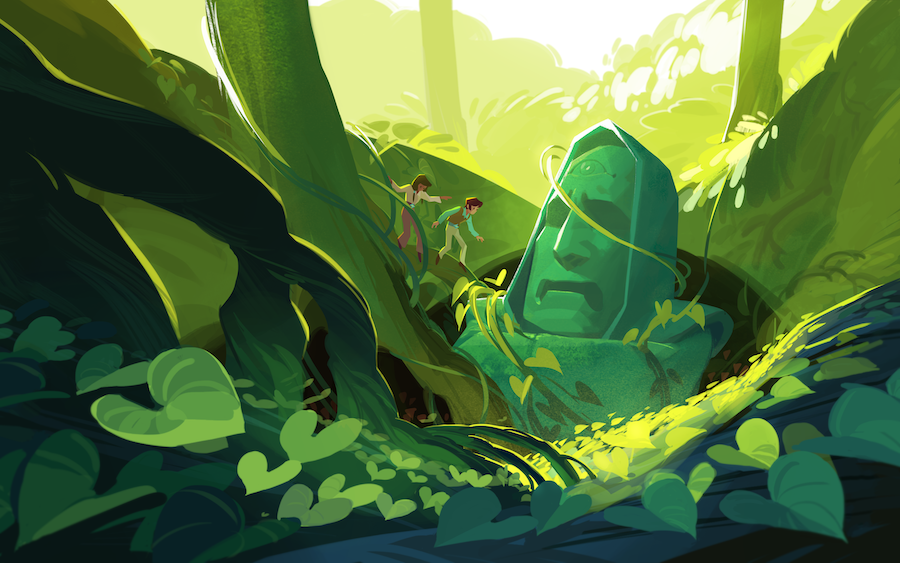

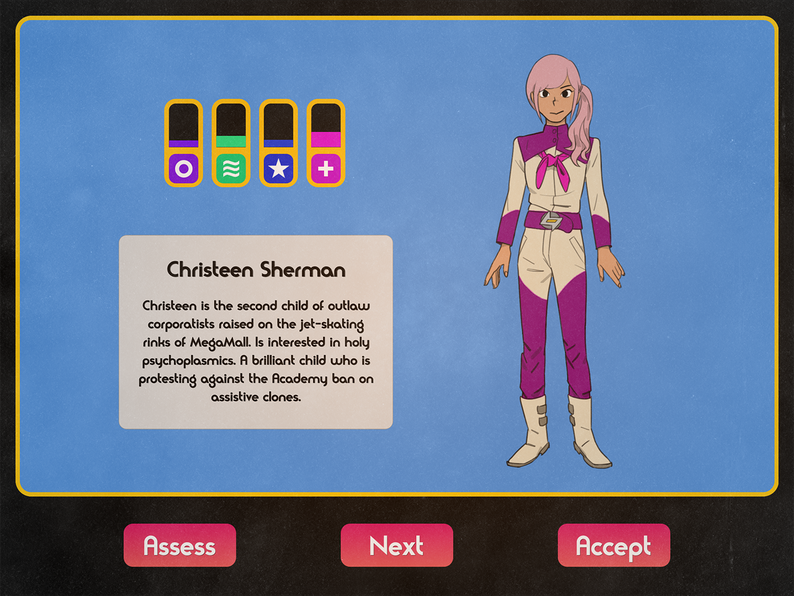
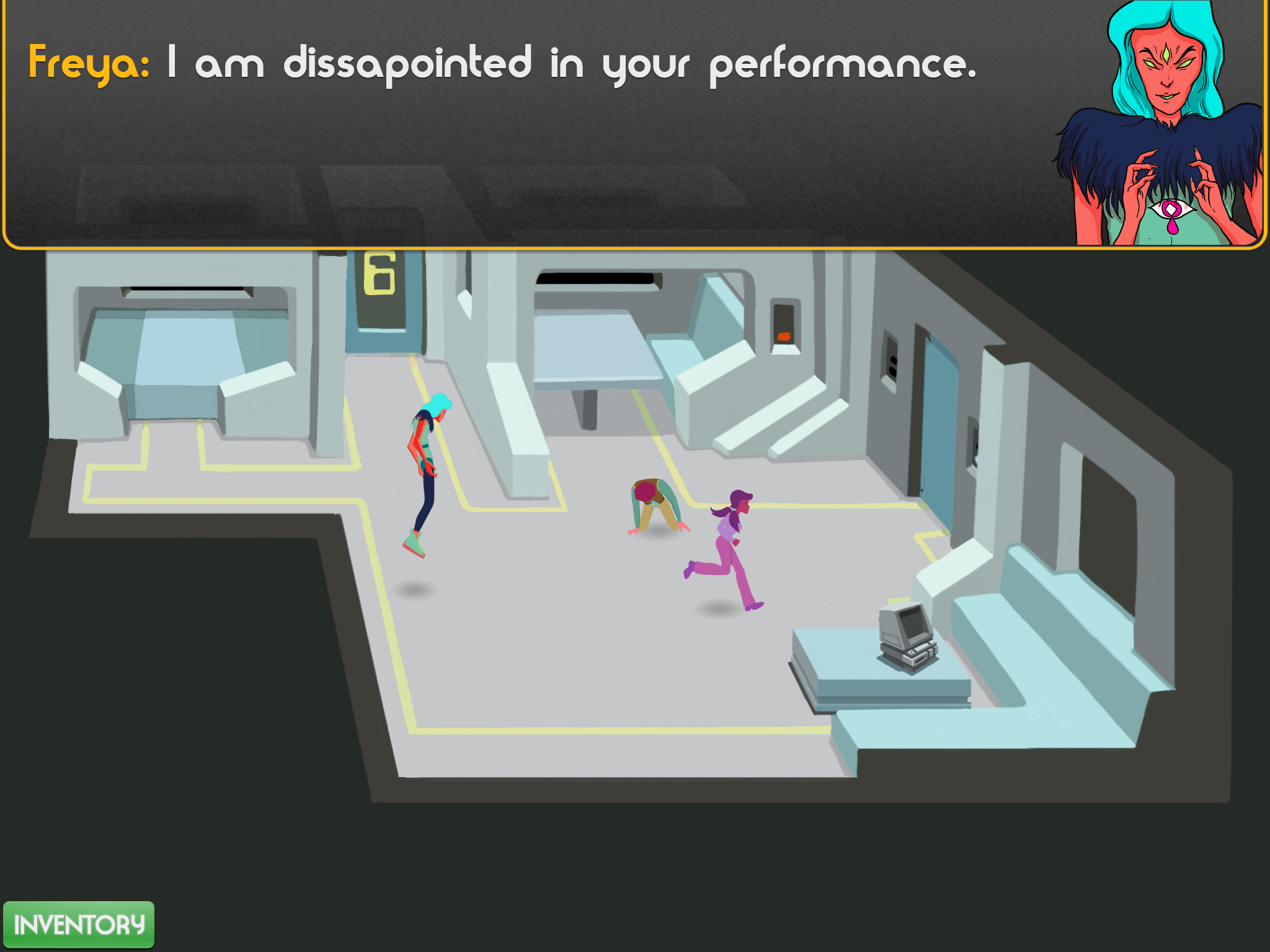
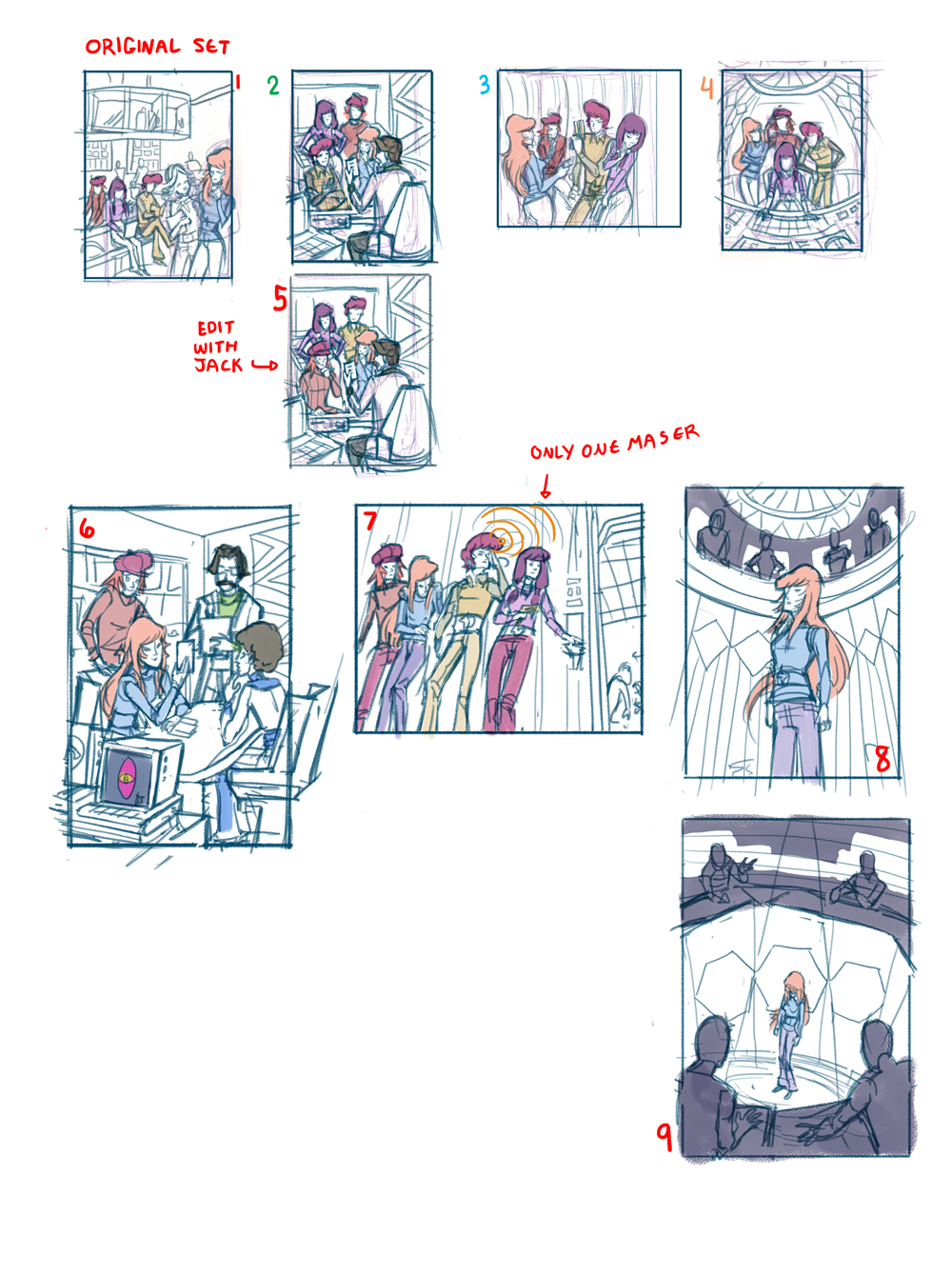

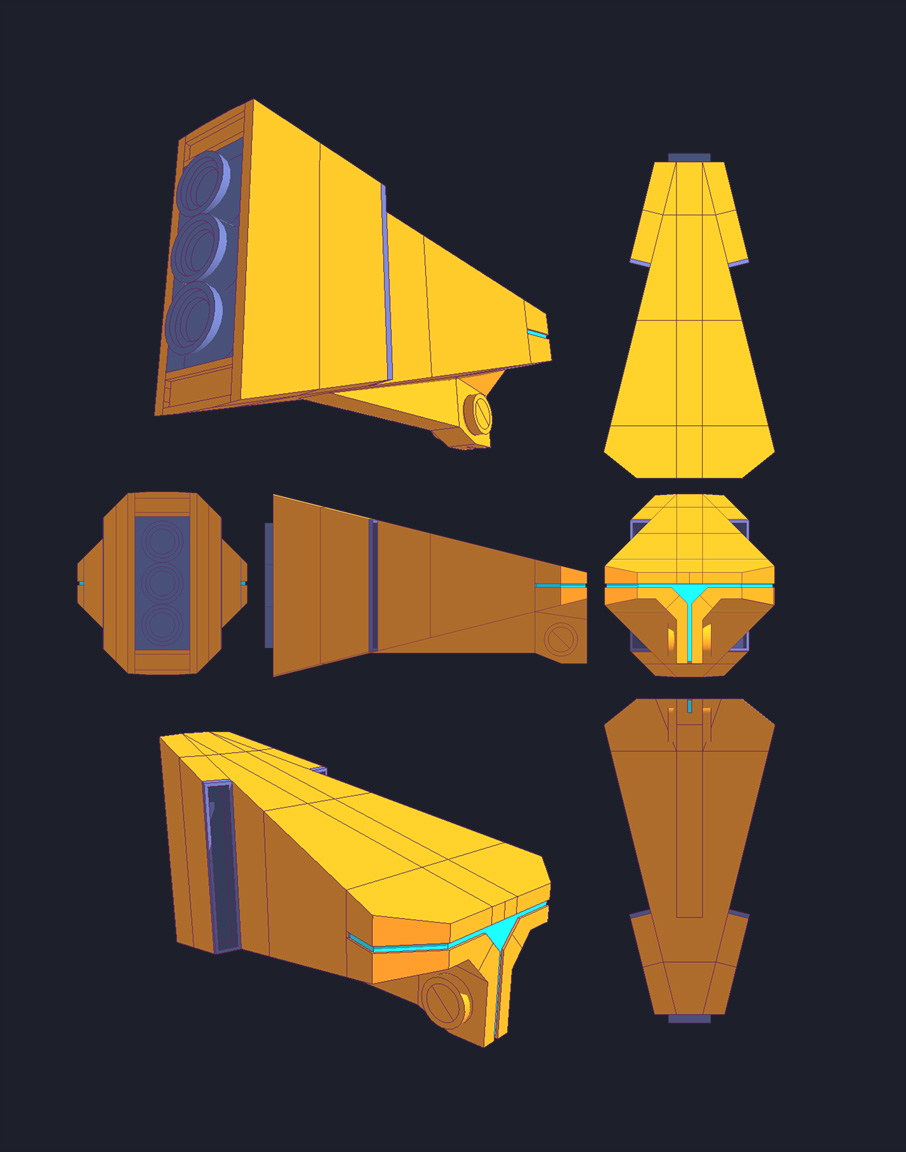

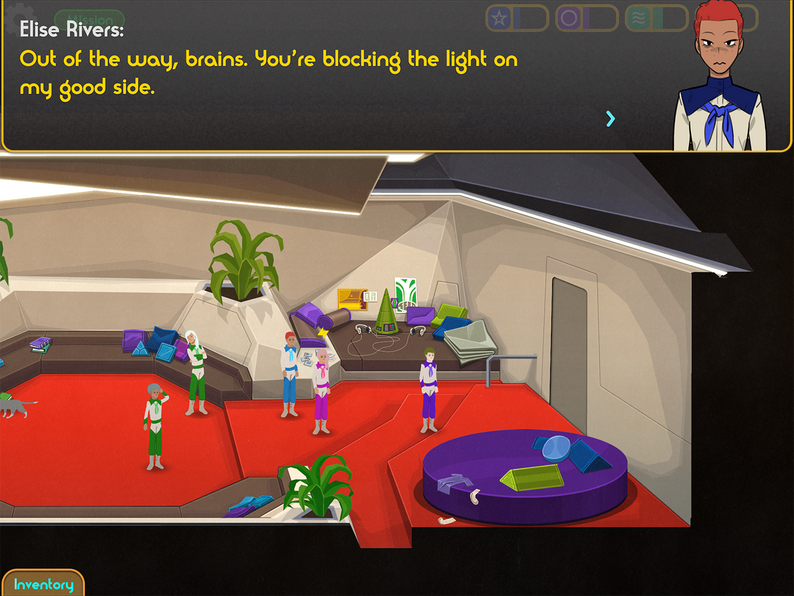
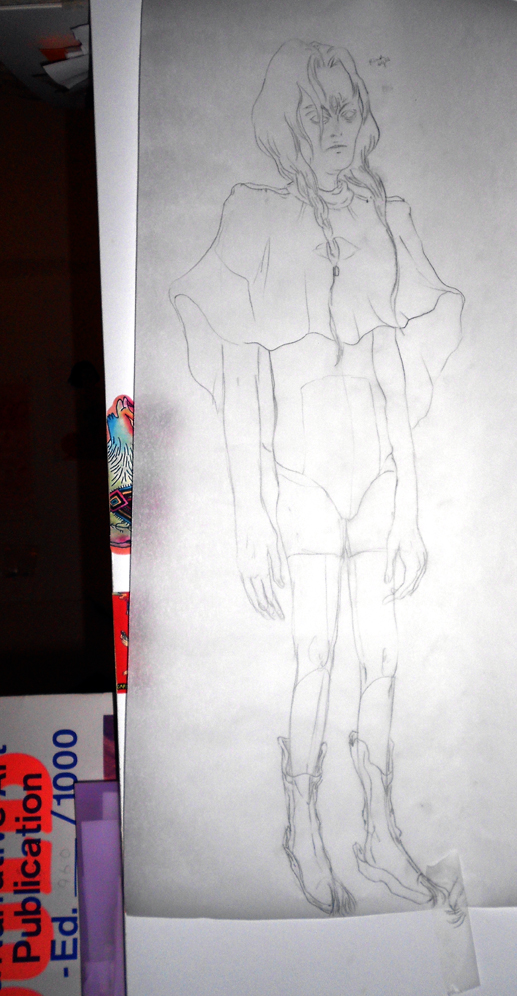

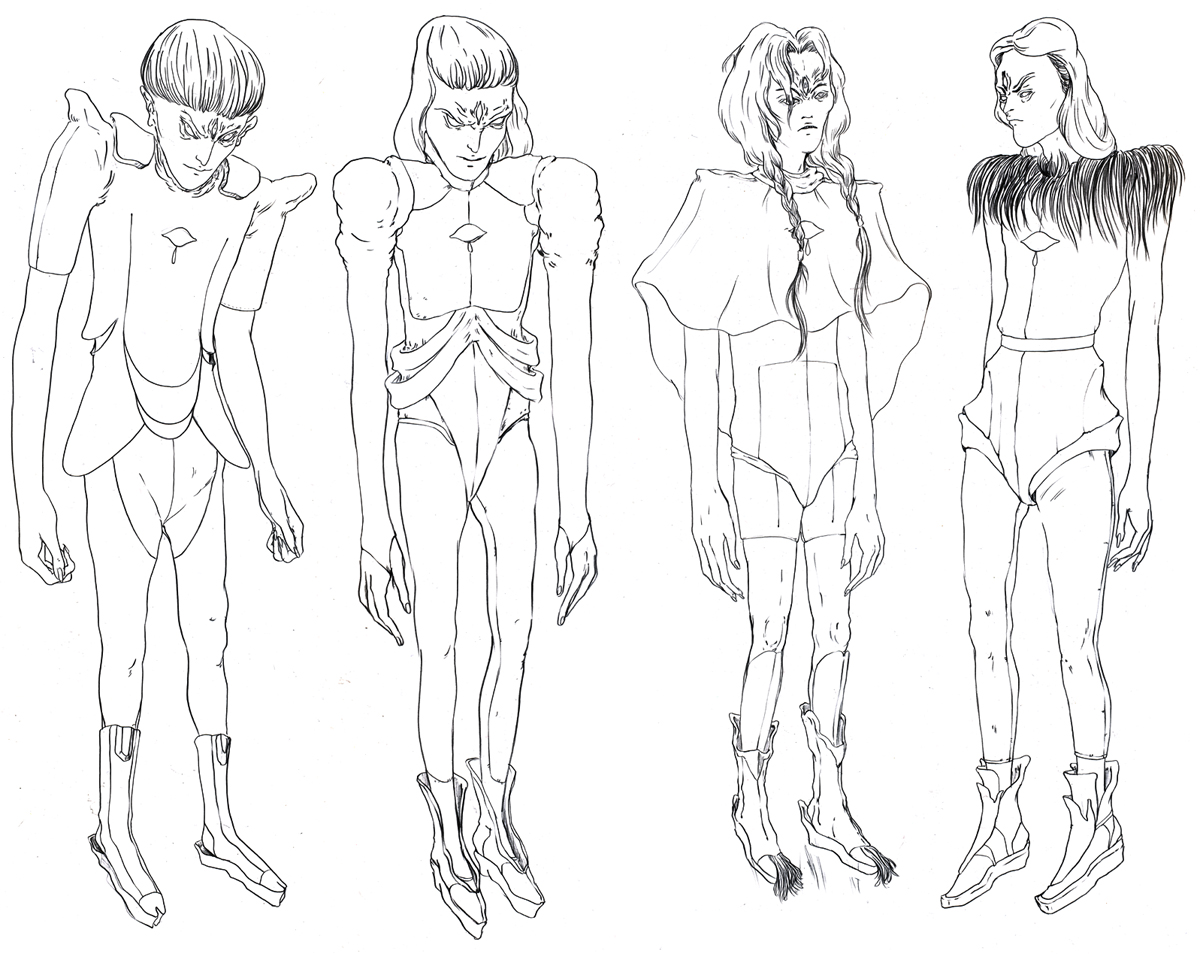
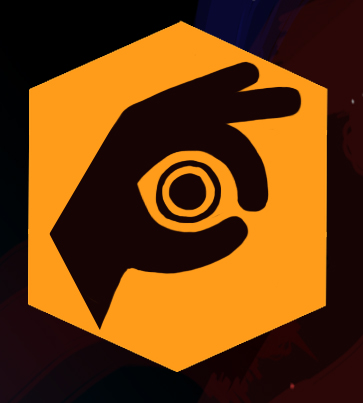
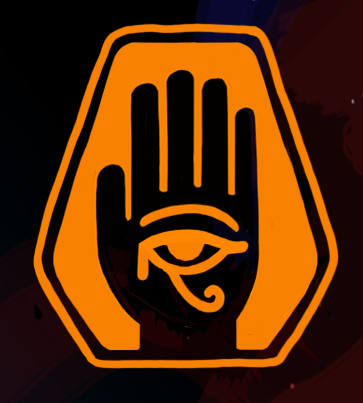
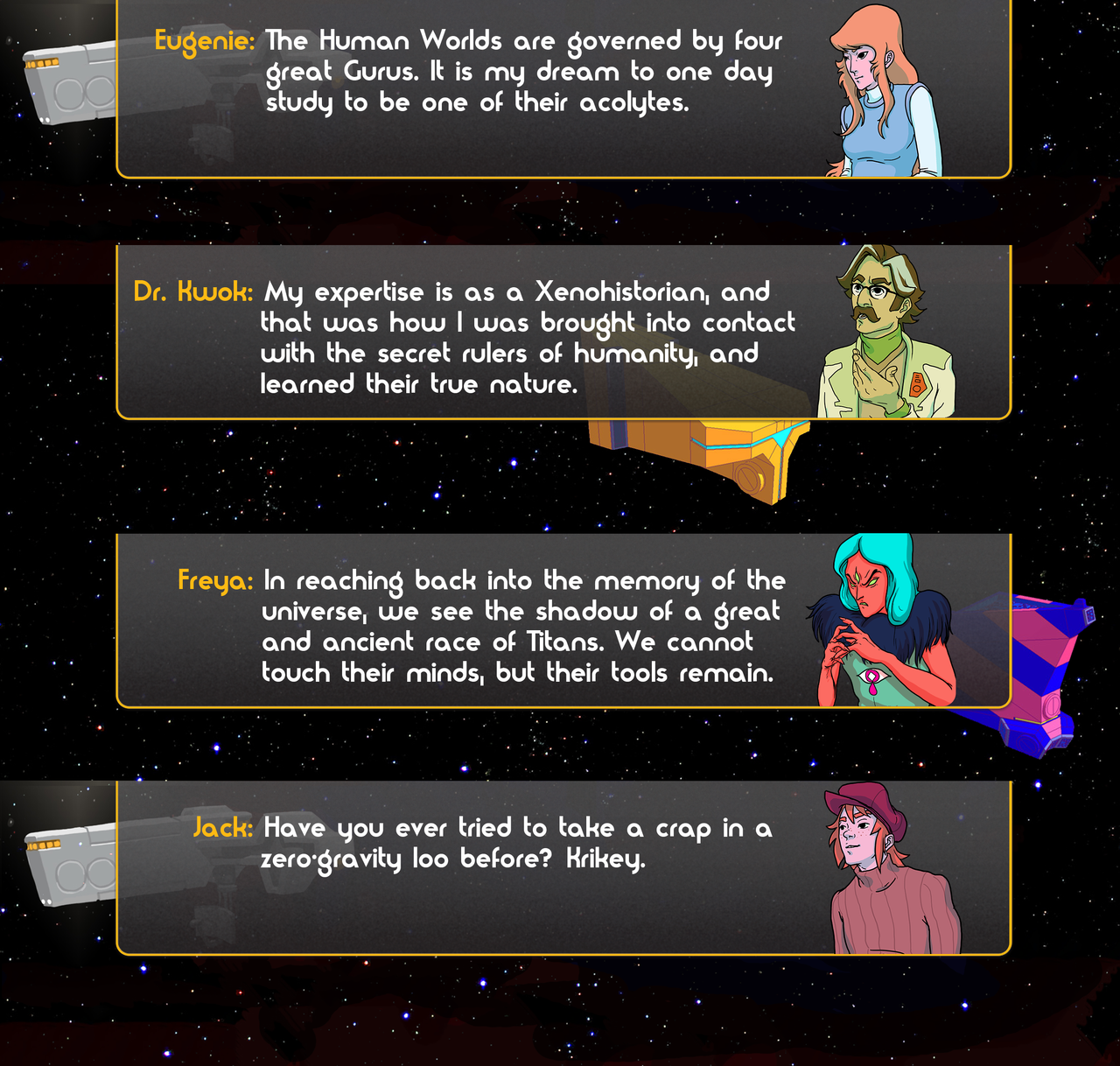
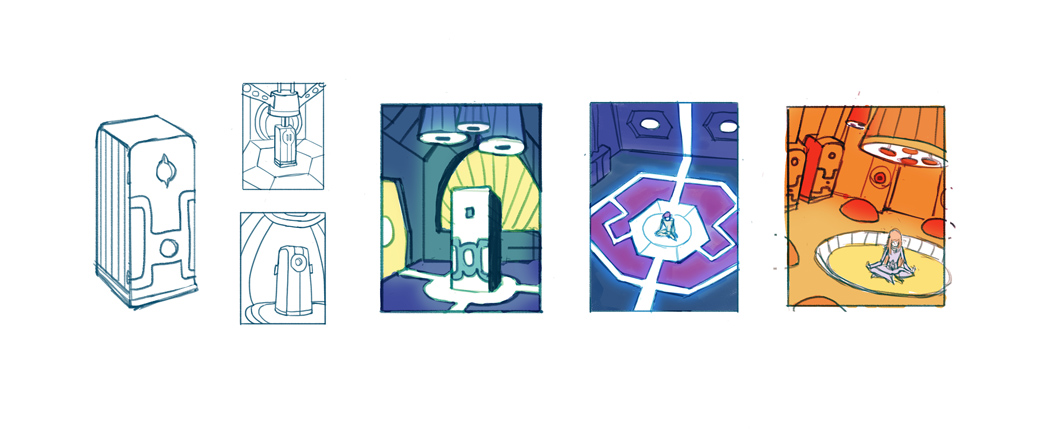
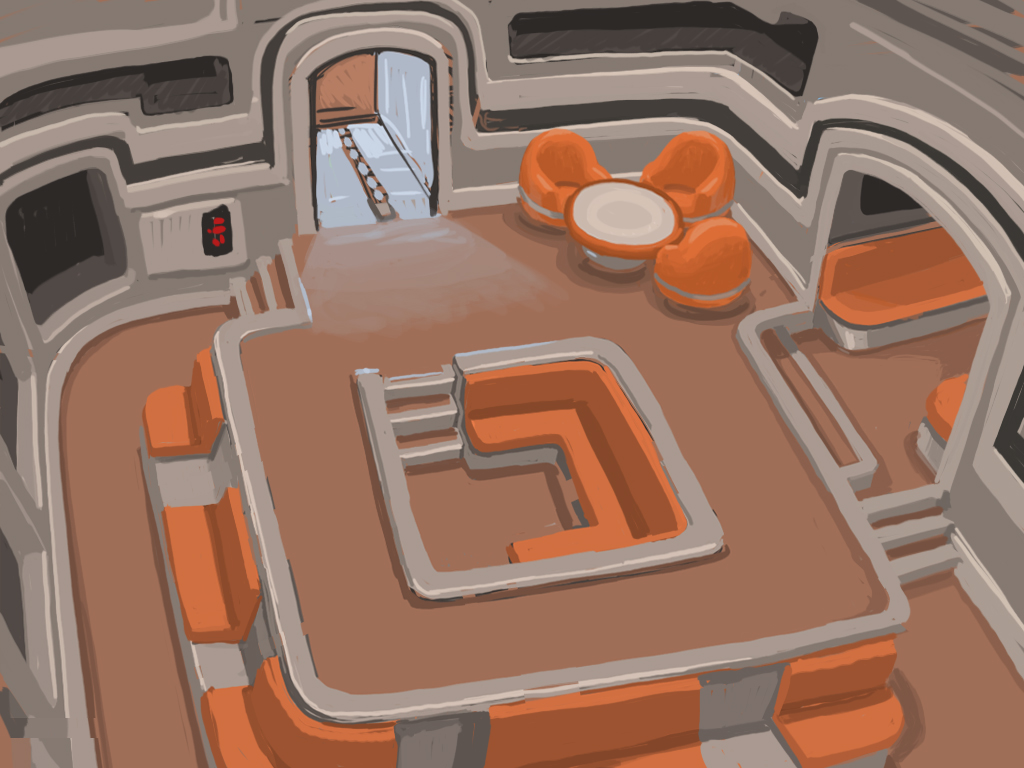
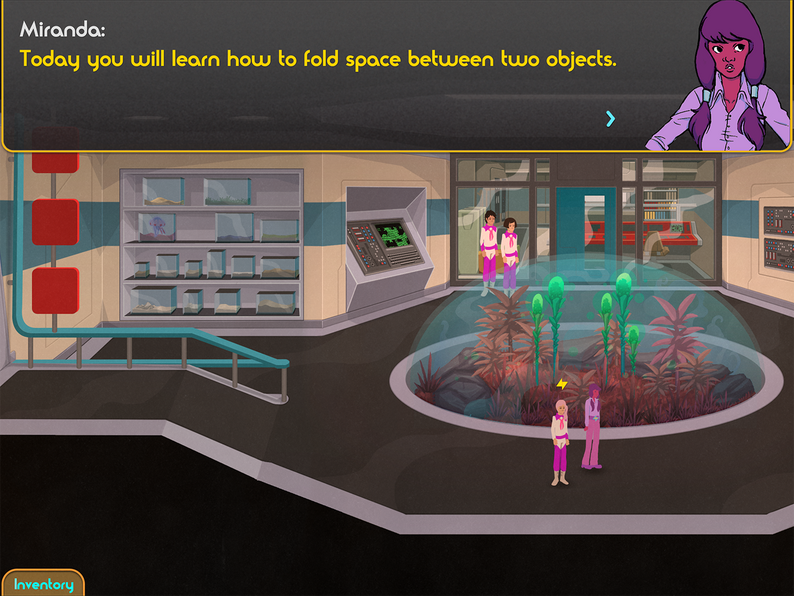
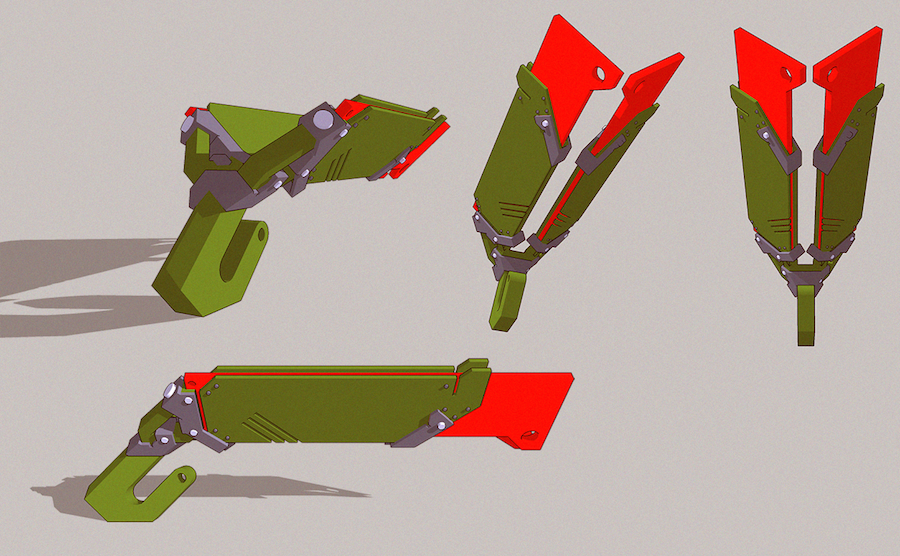

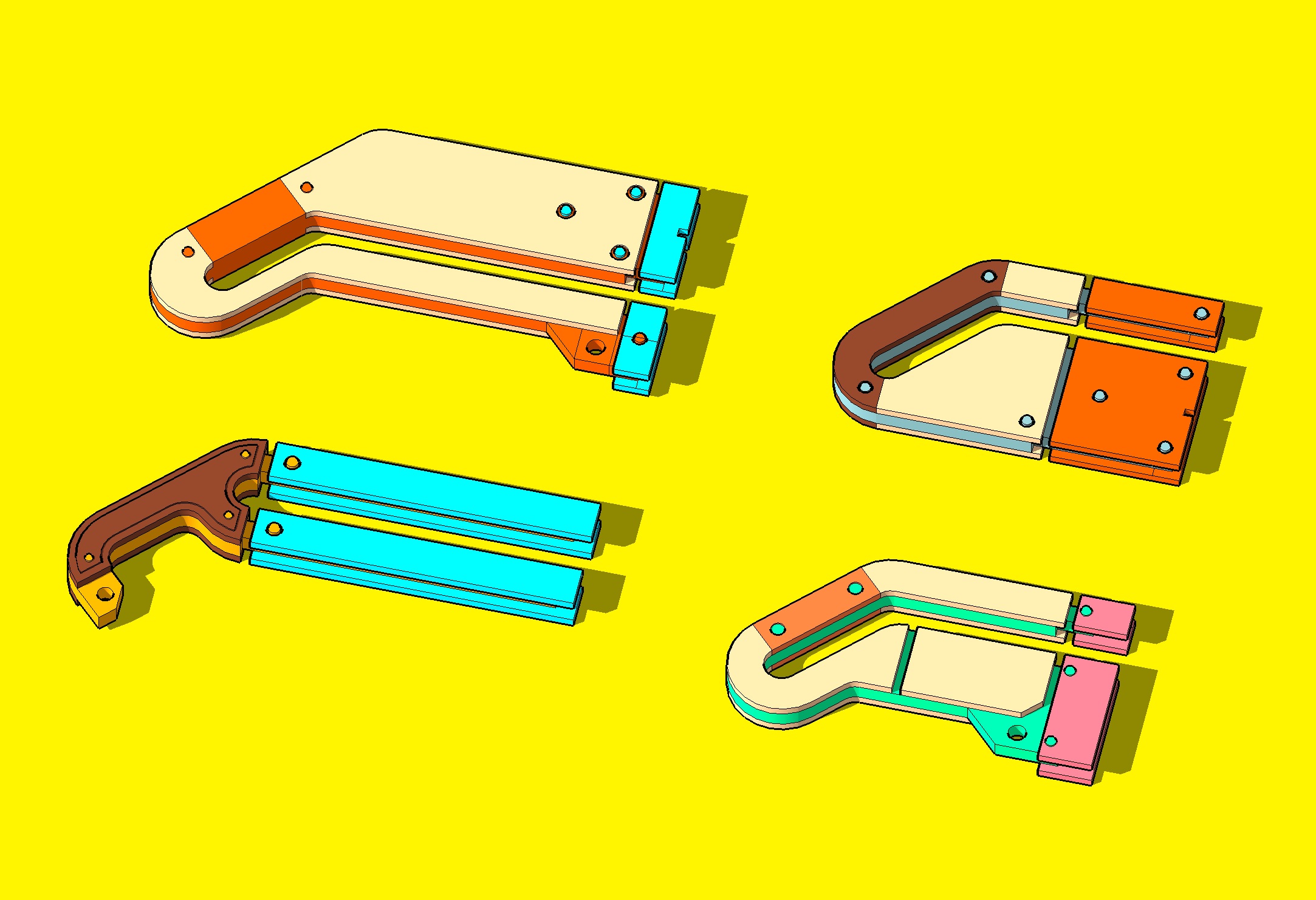
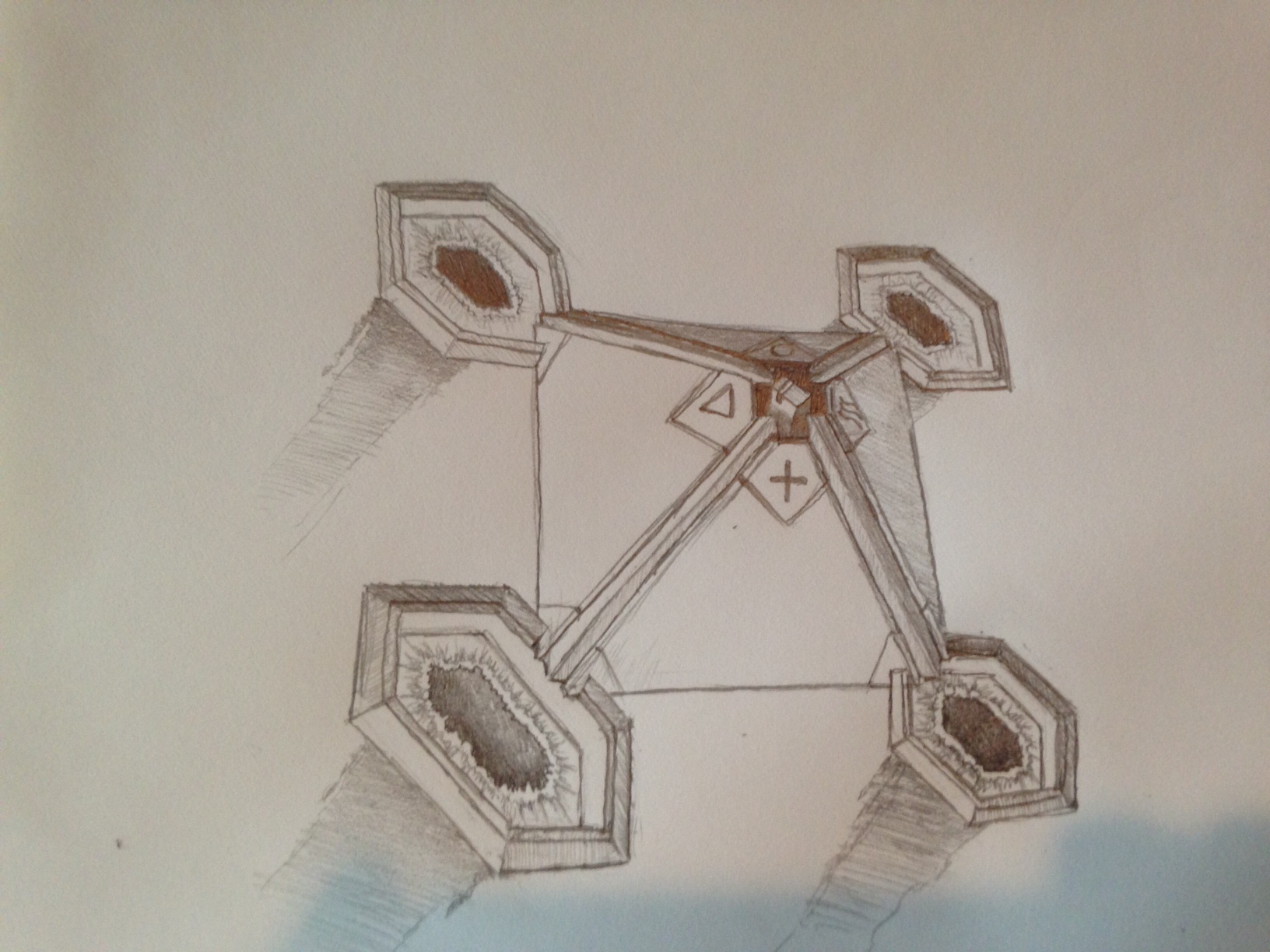
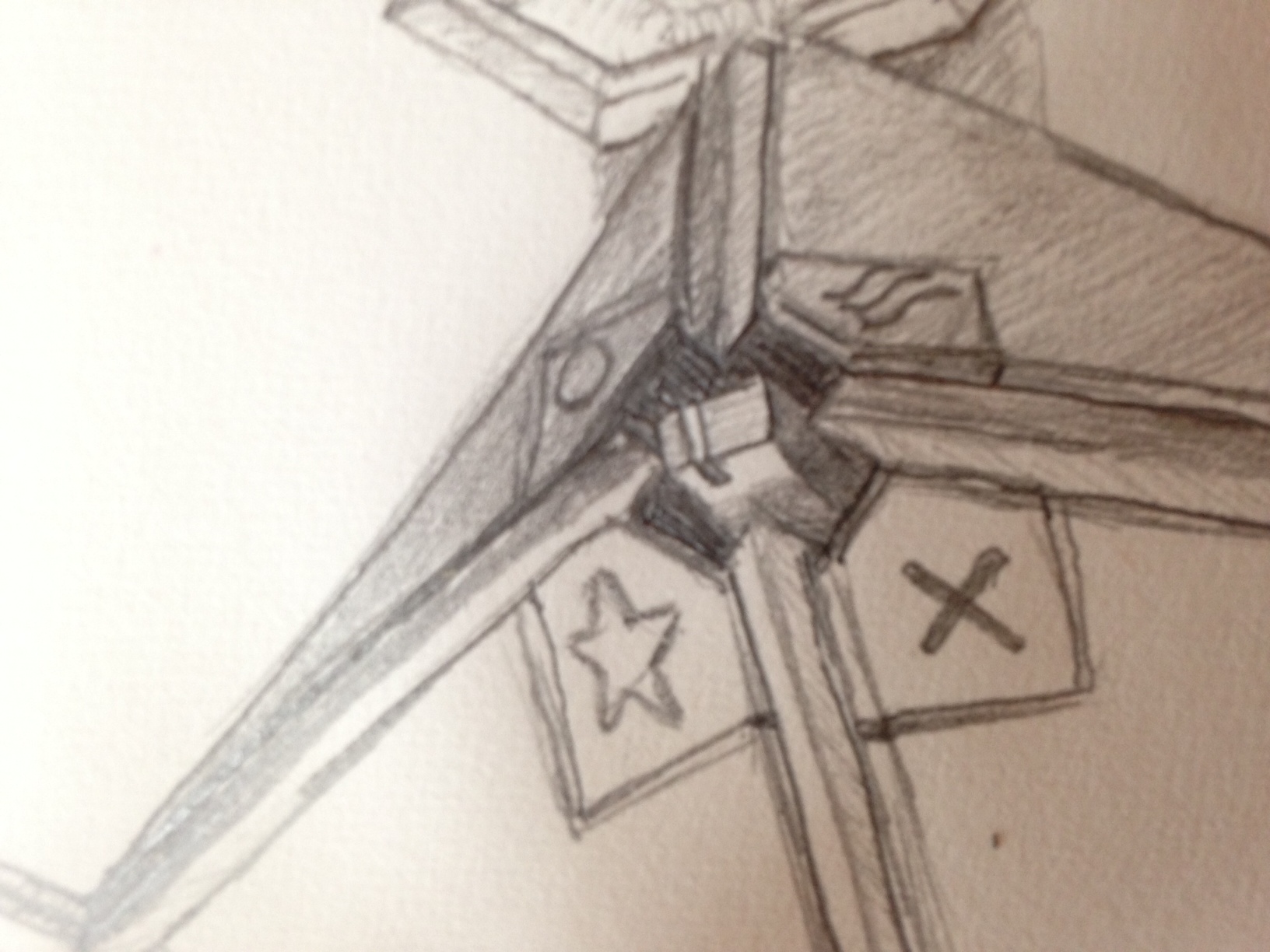
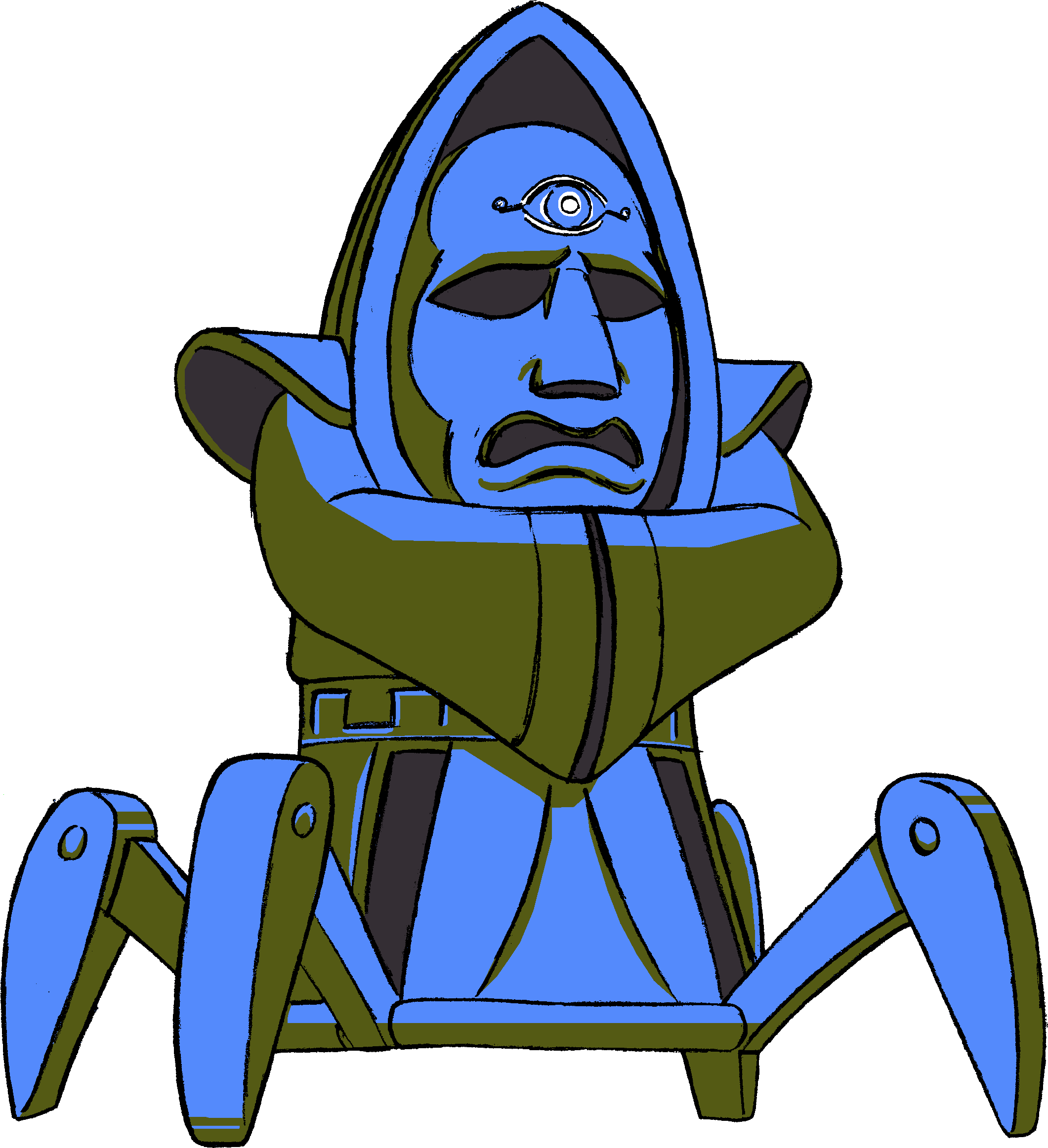
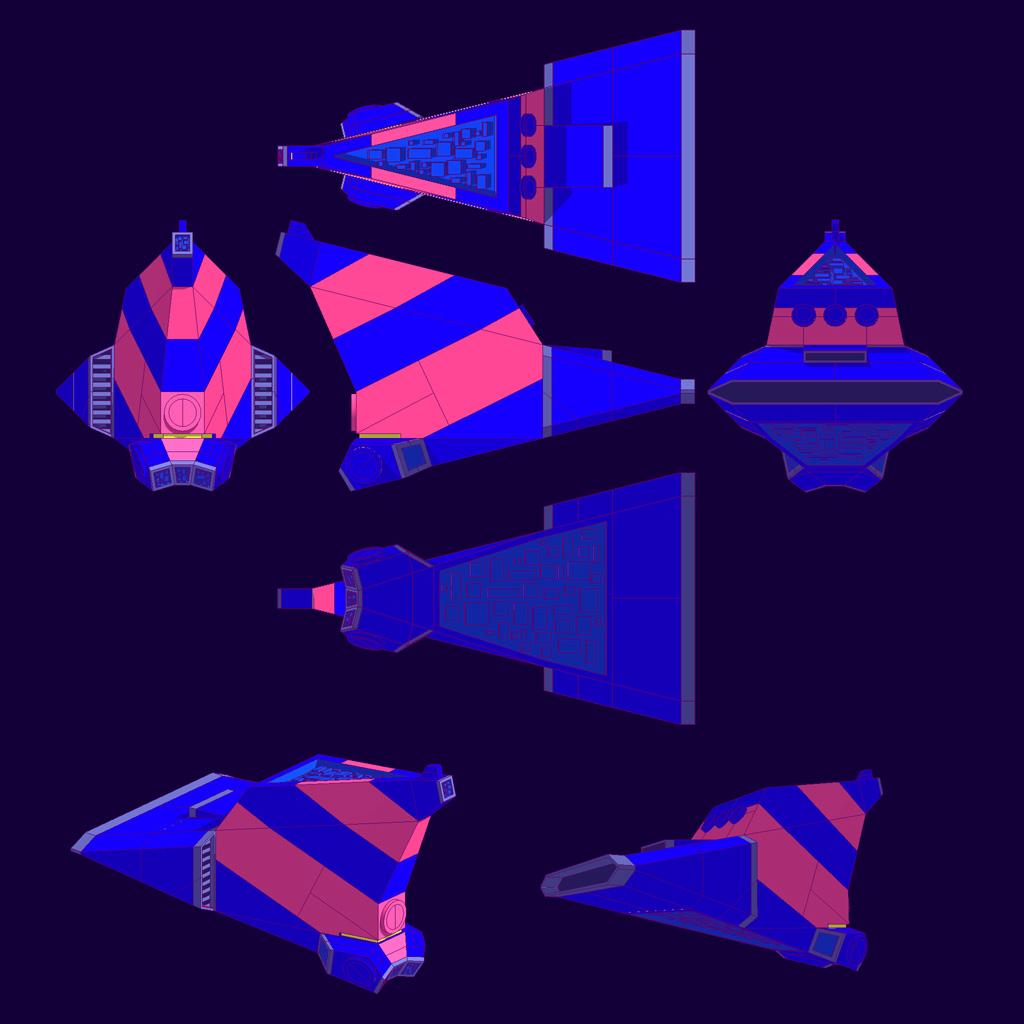
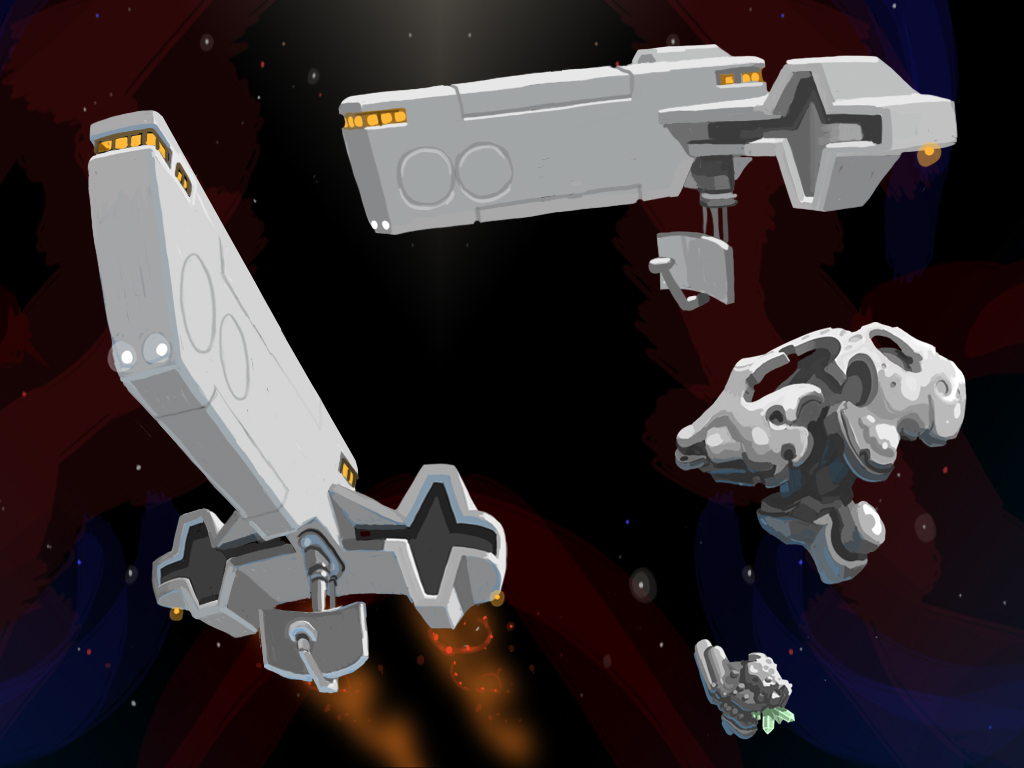
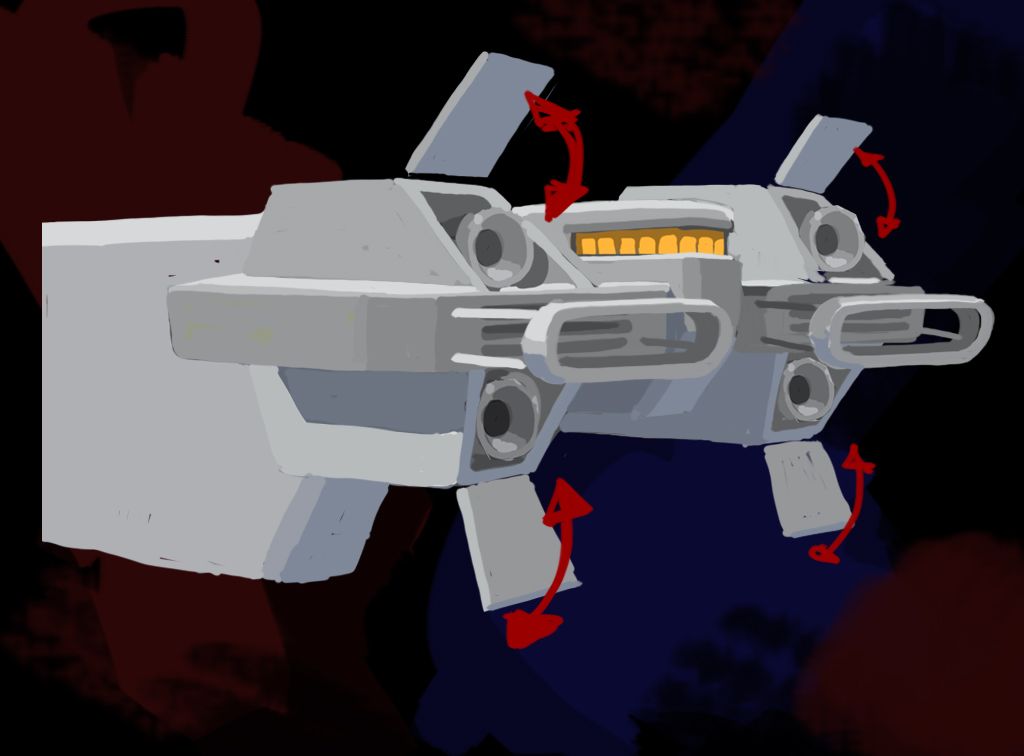
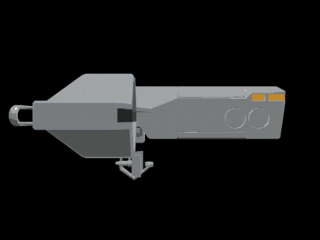
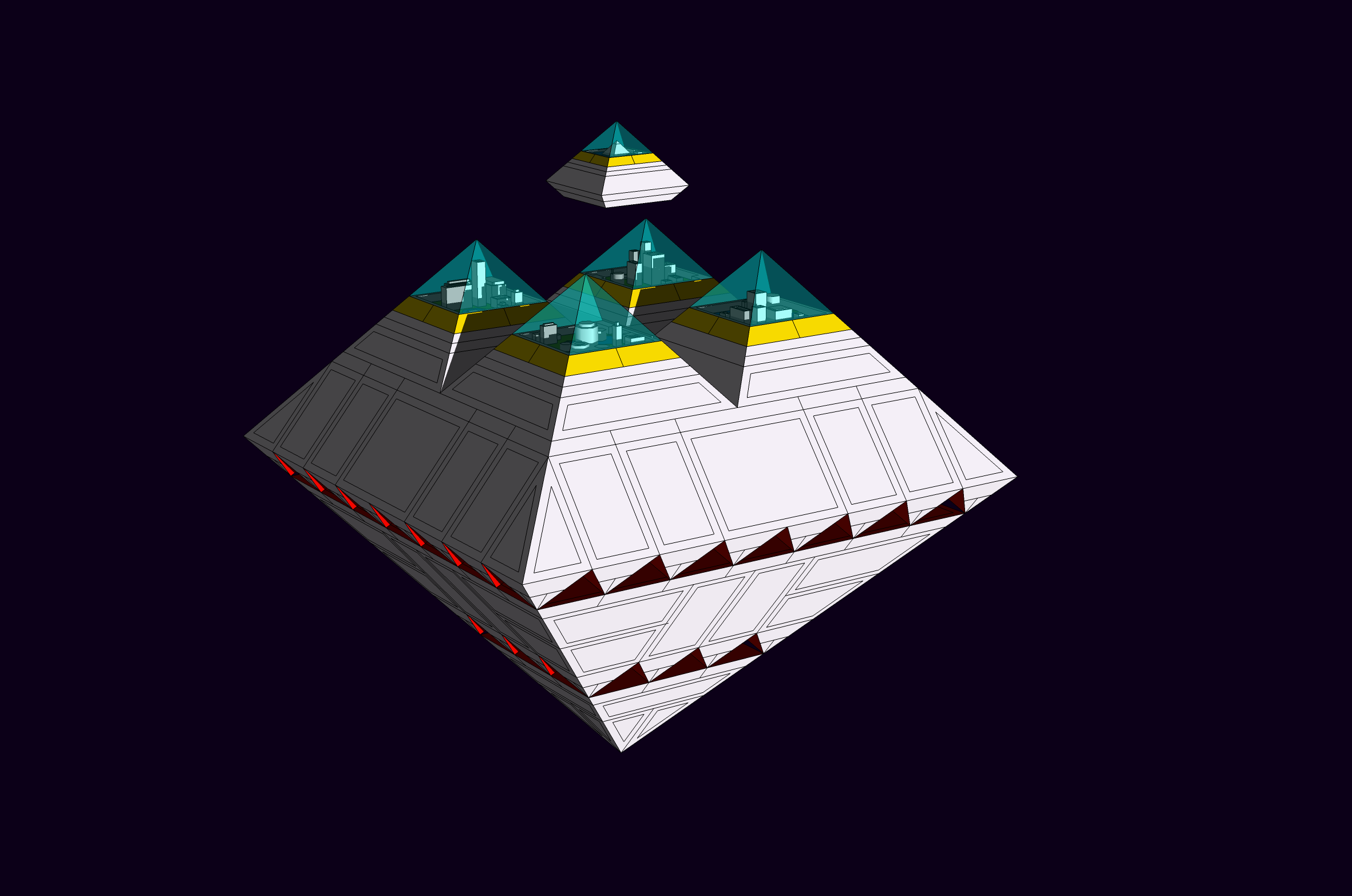
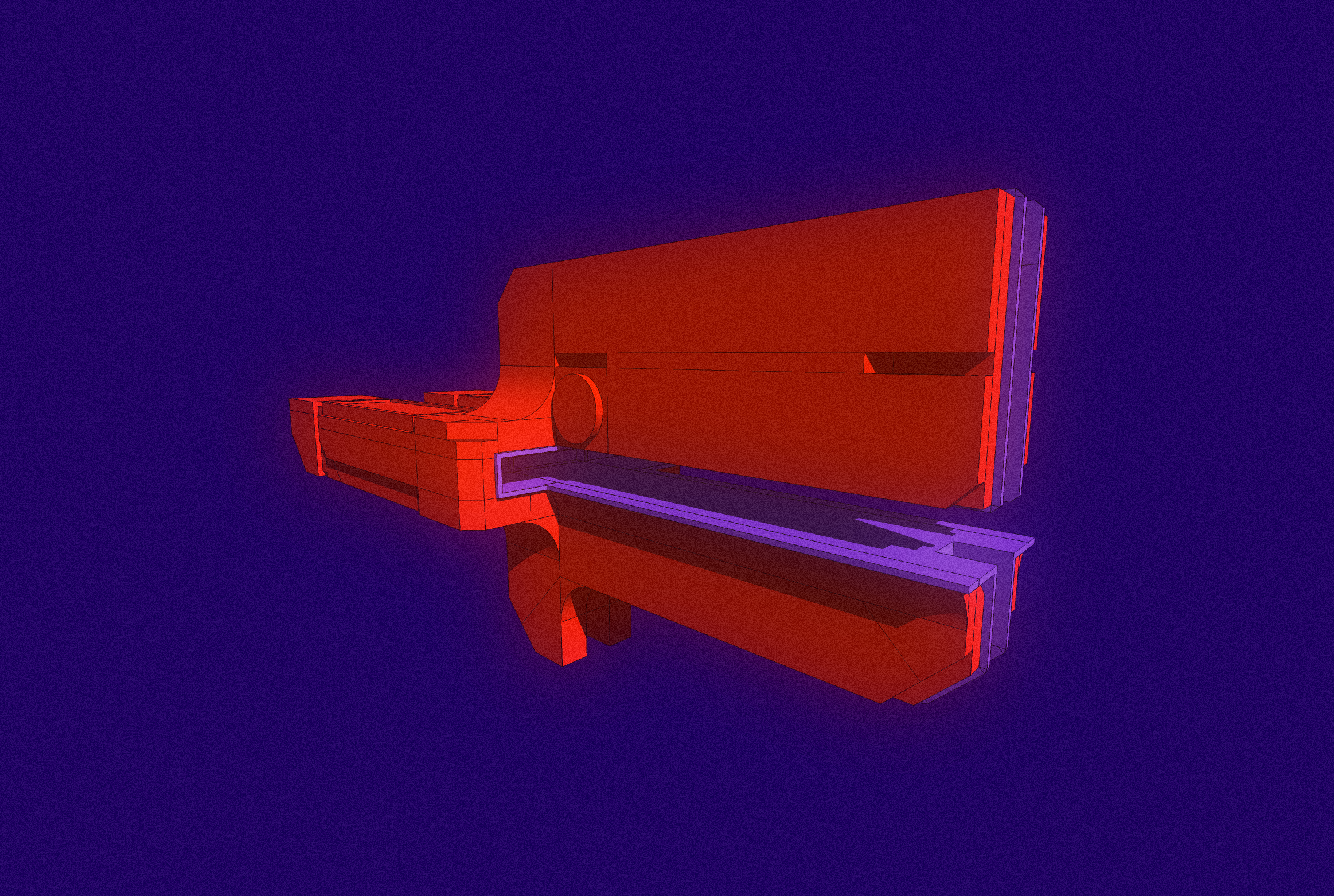
.jpg)
